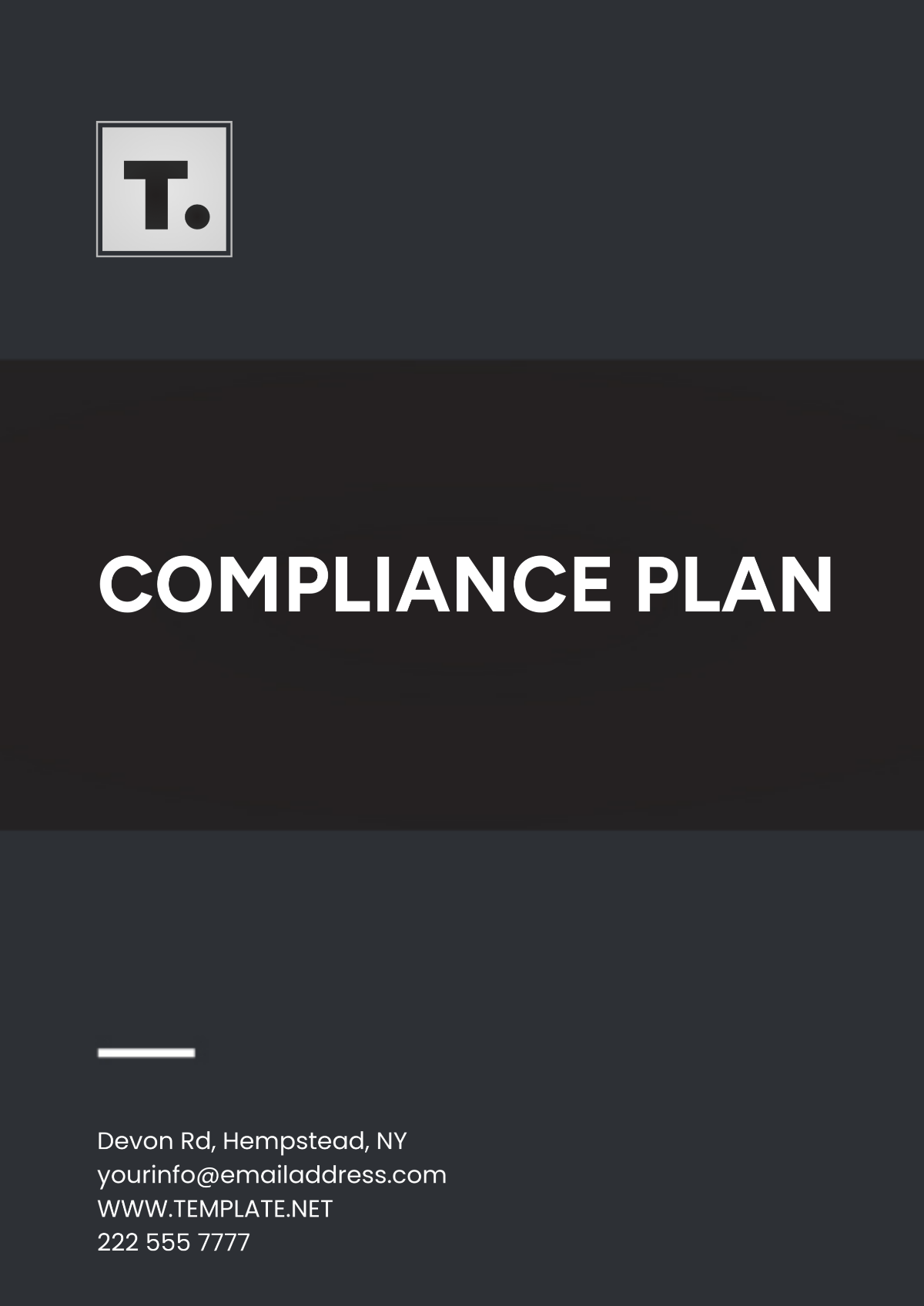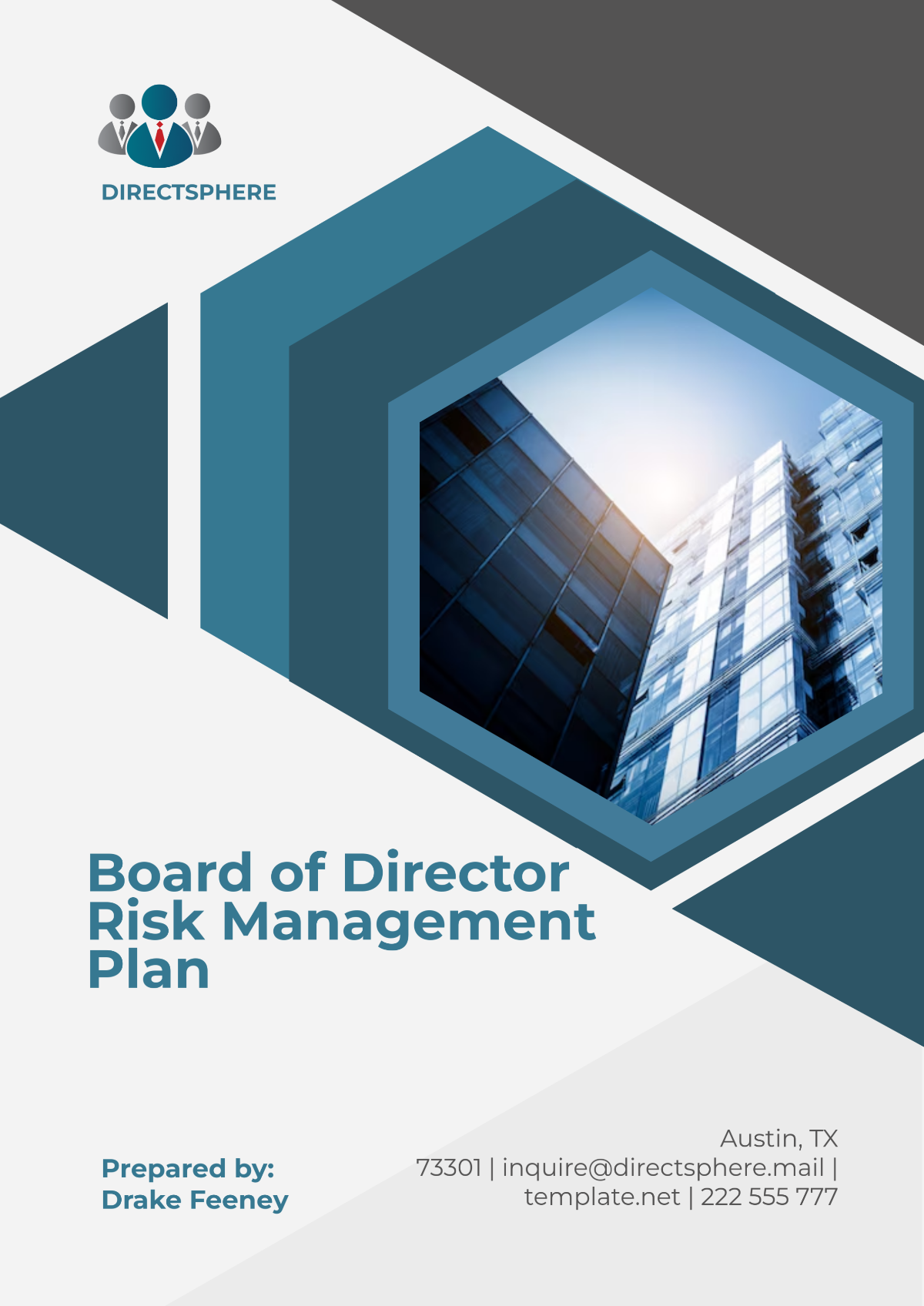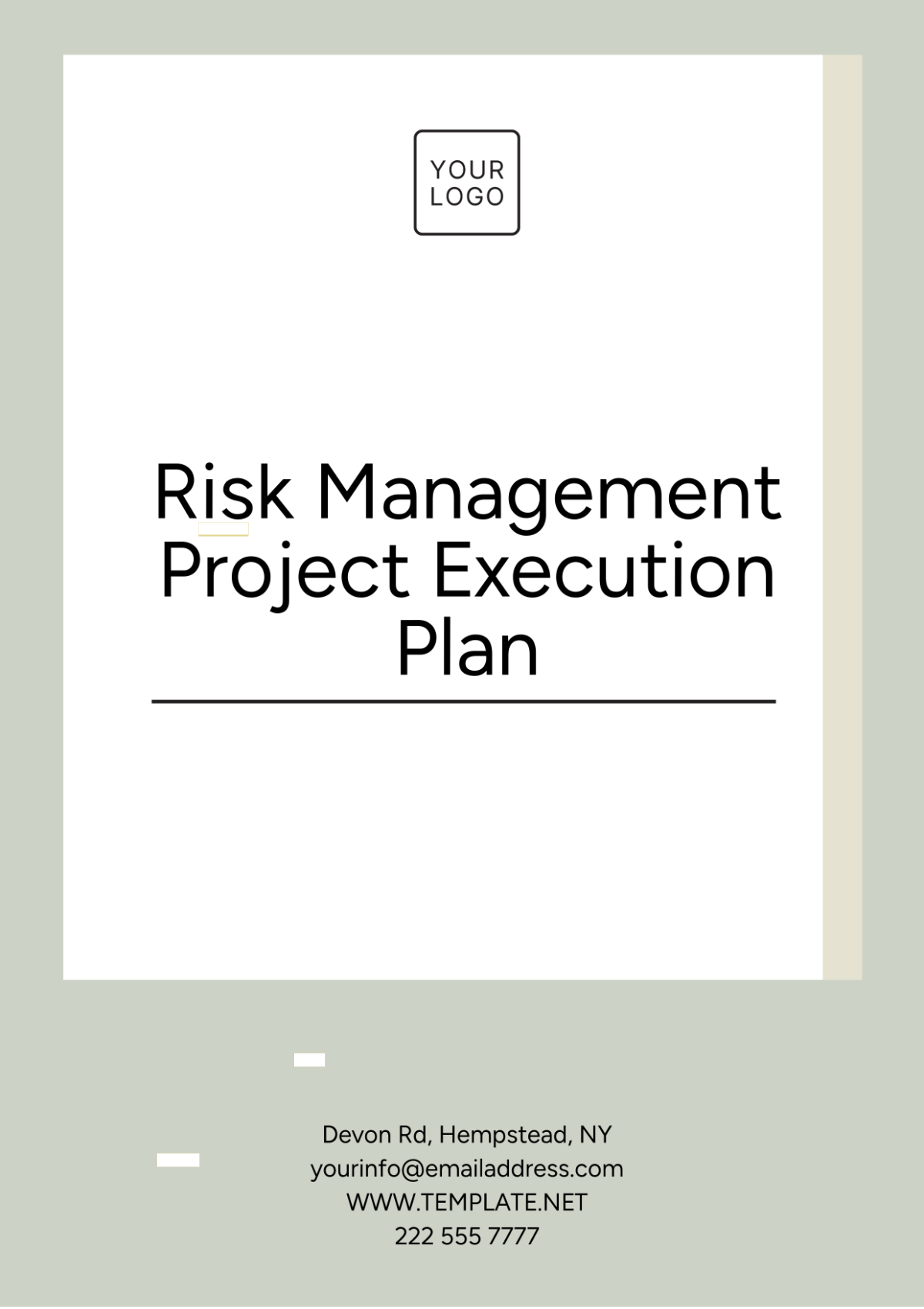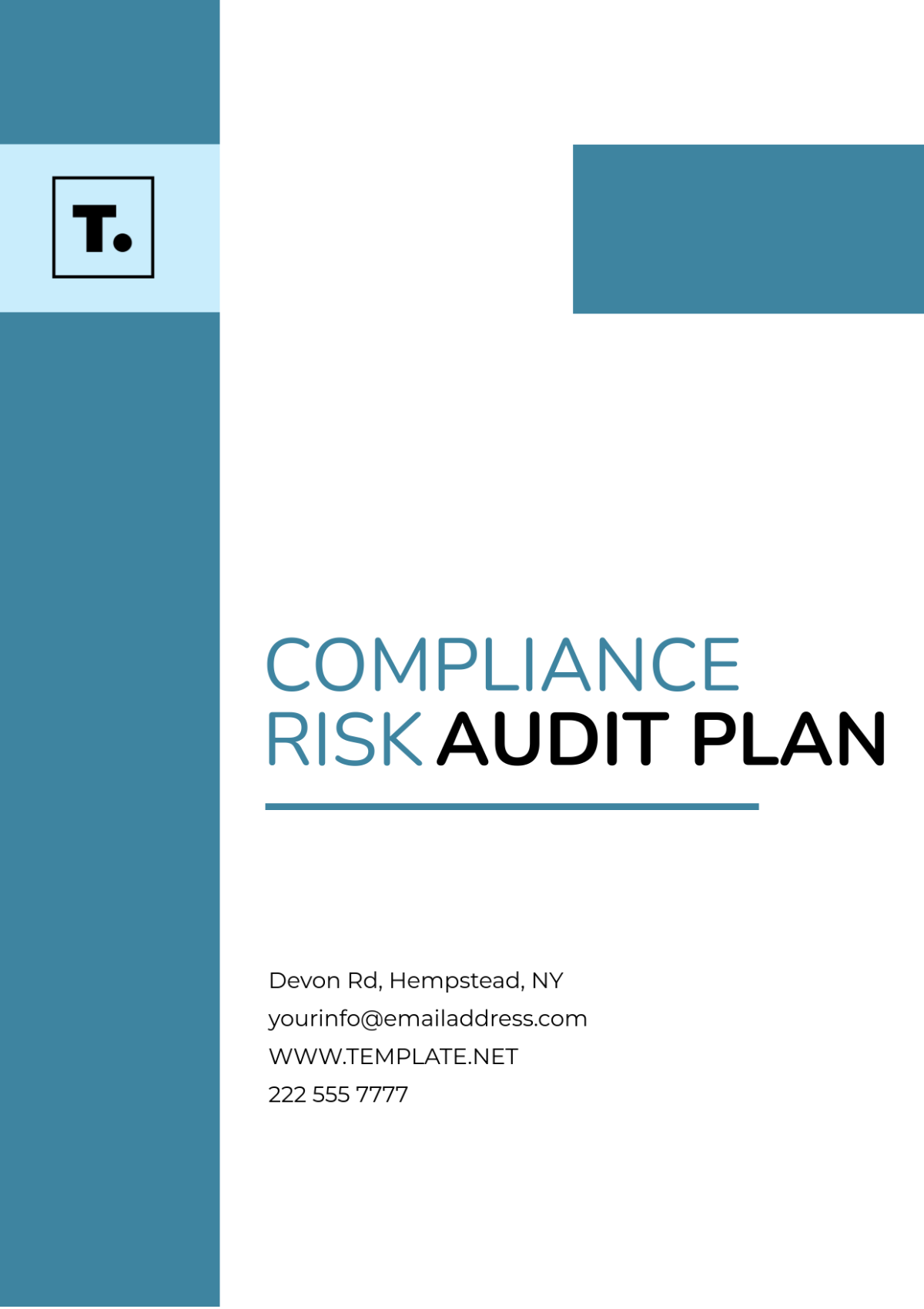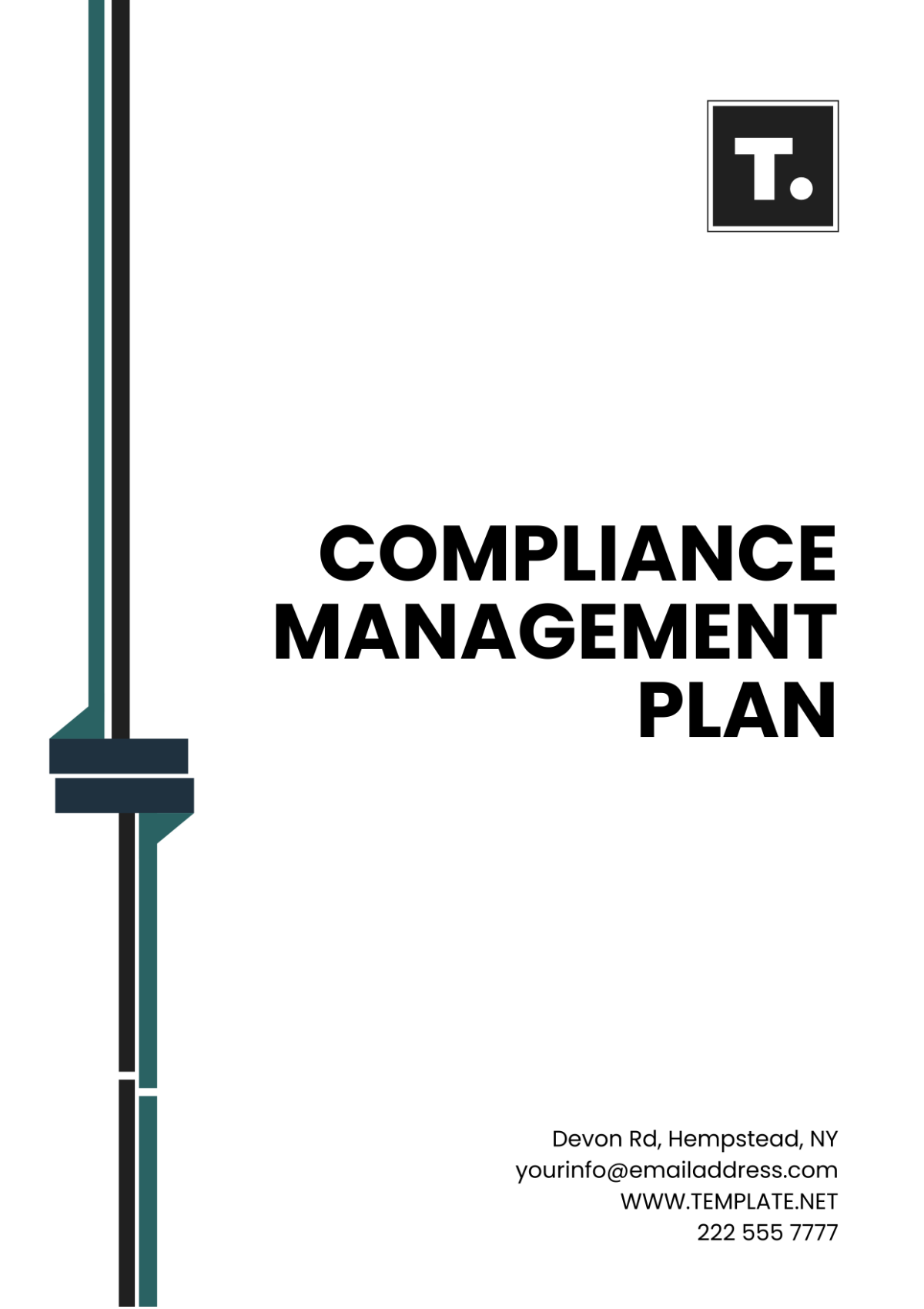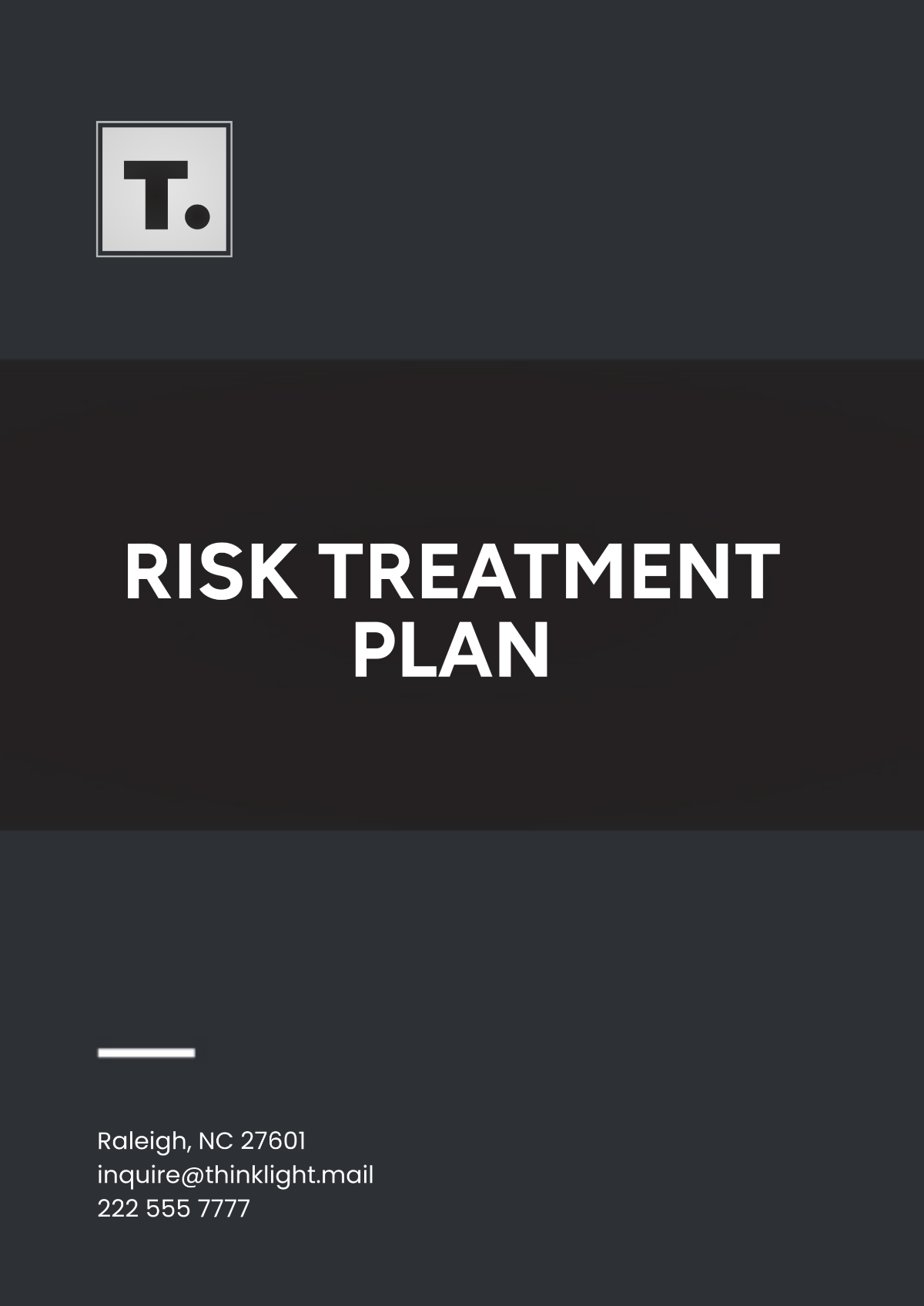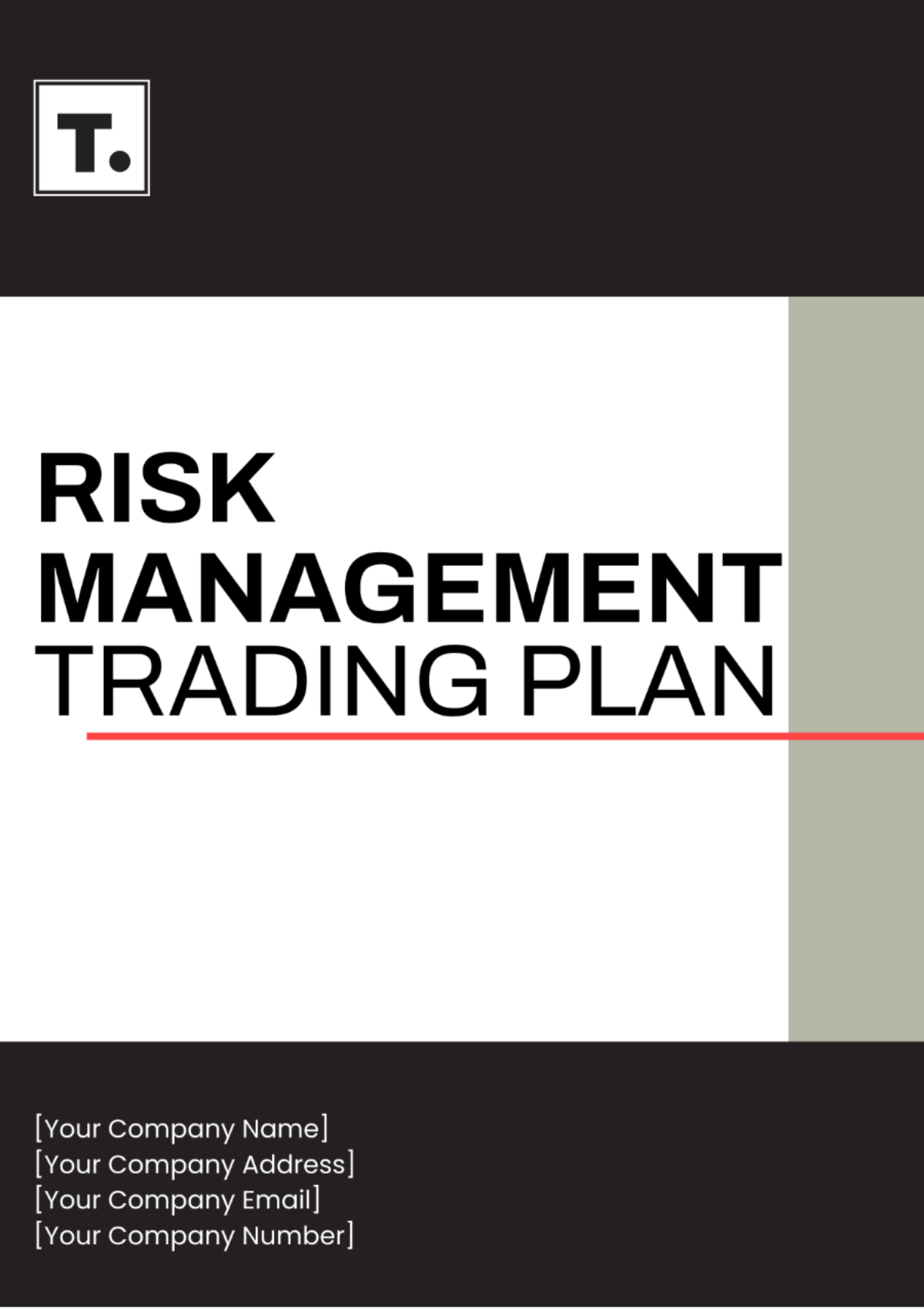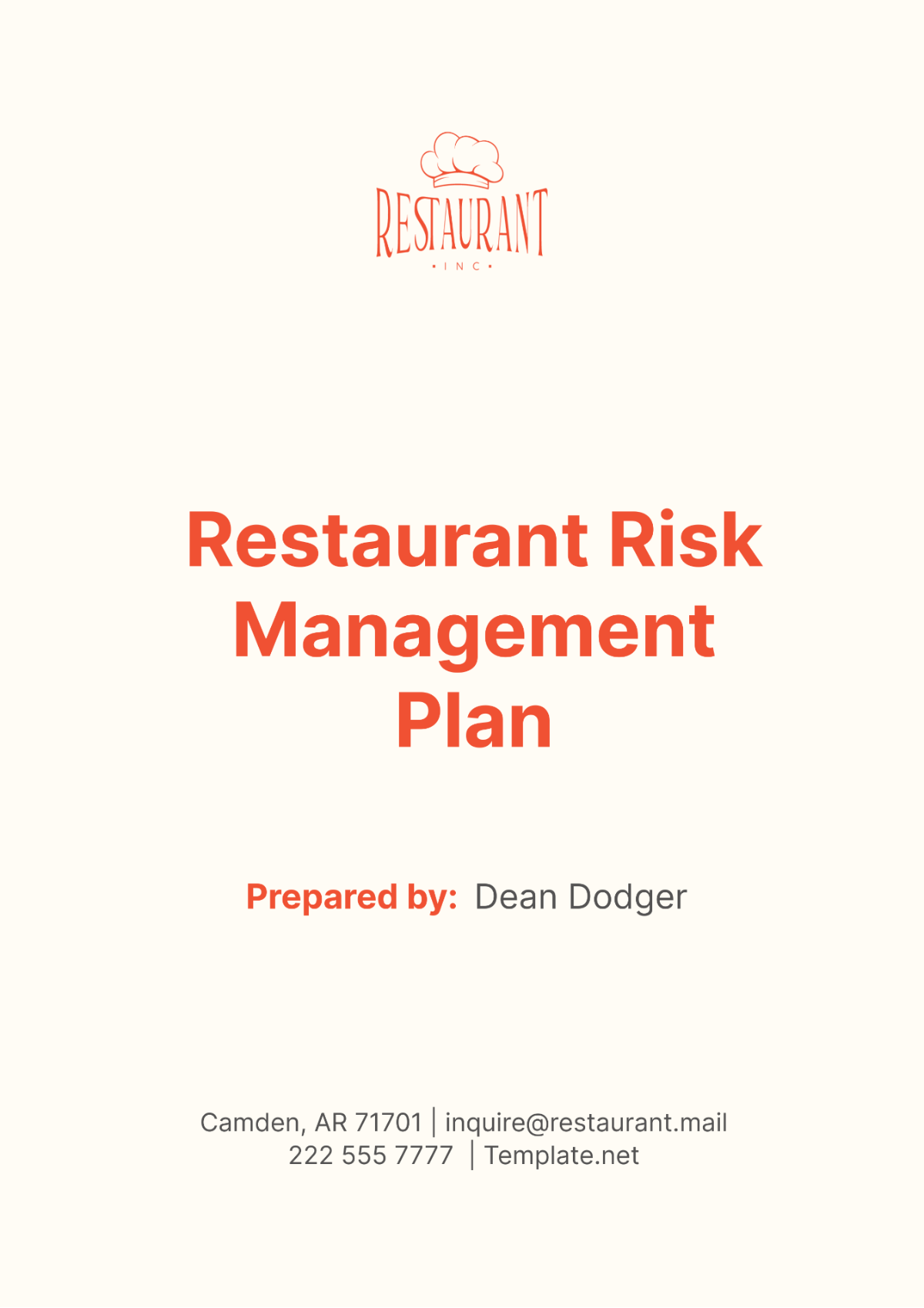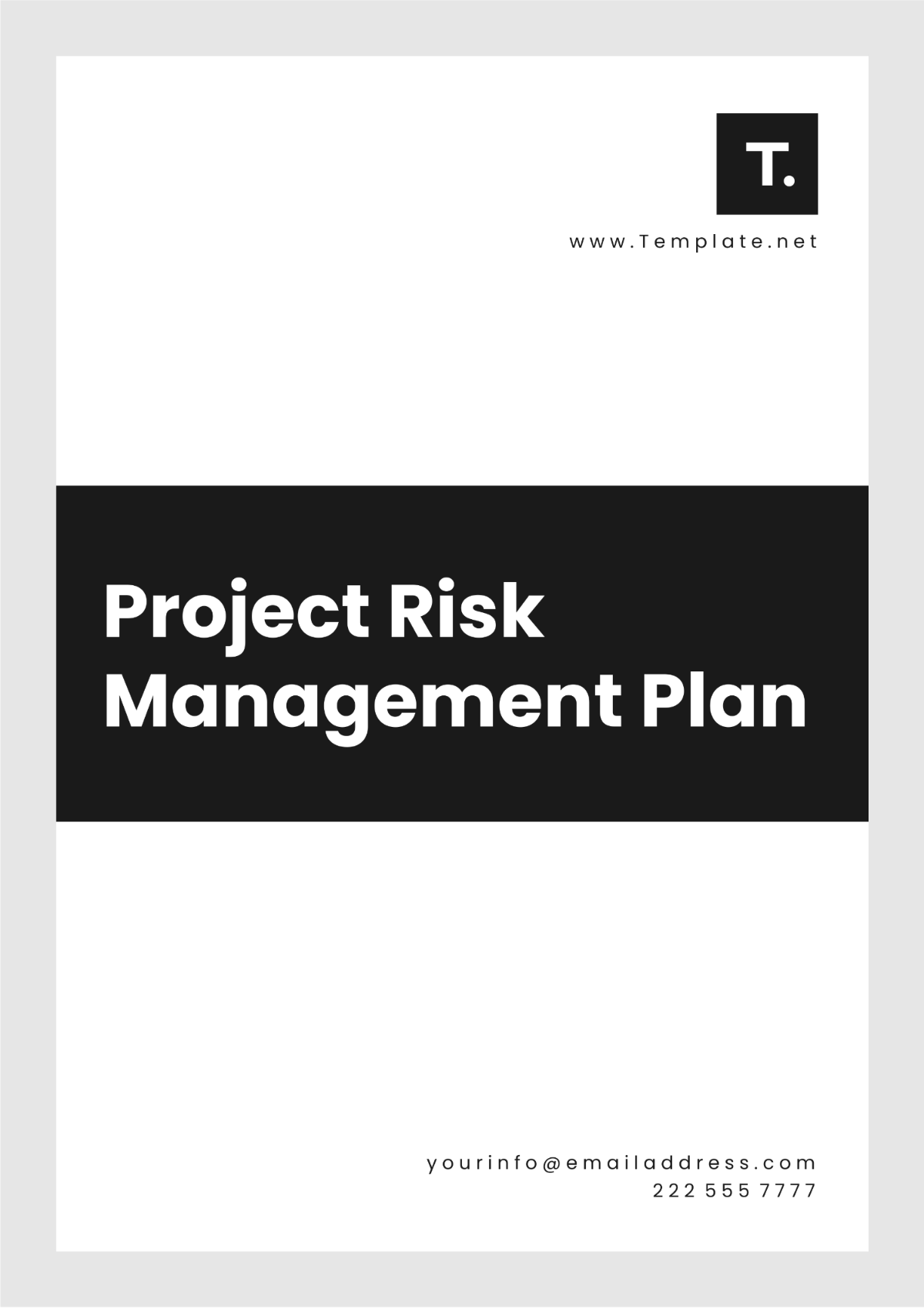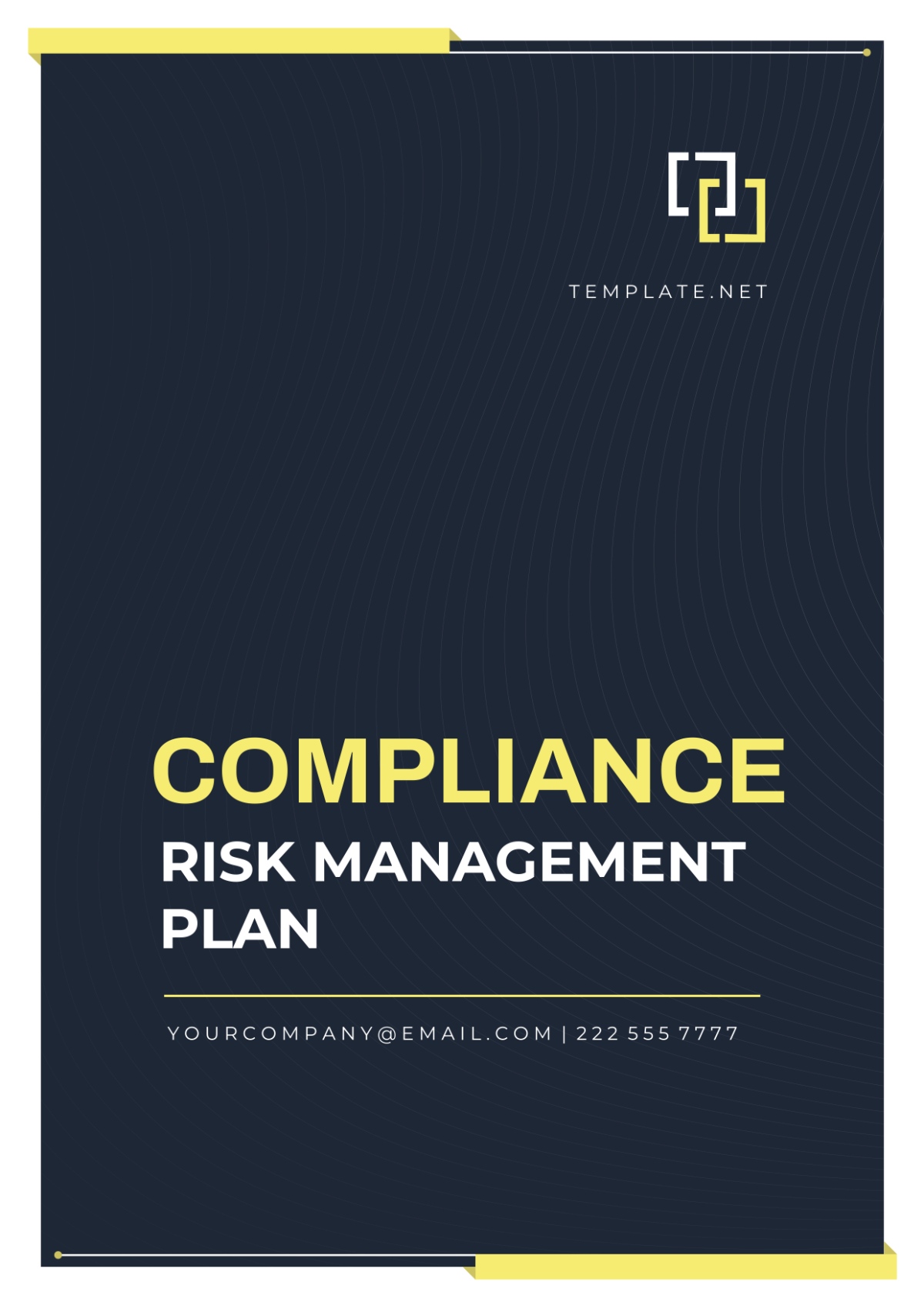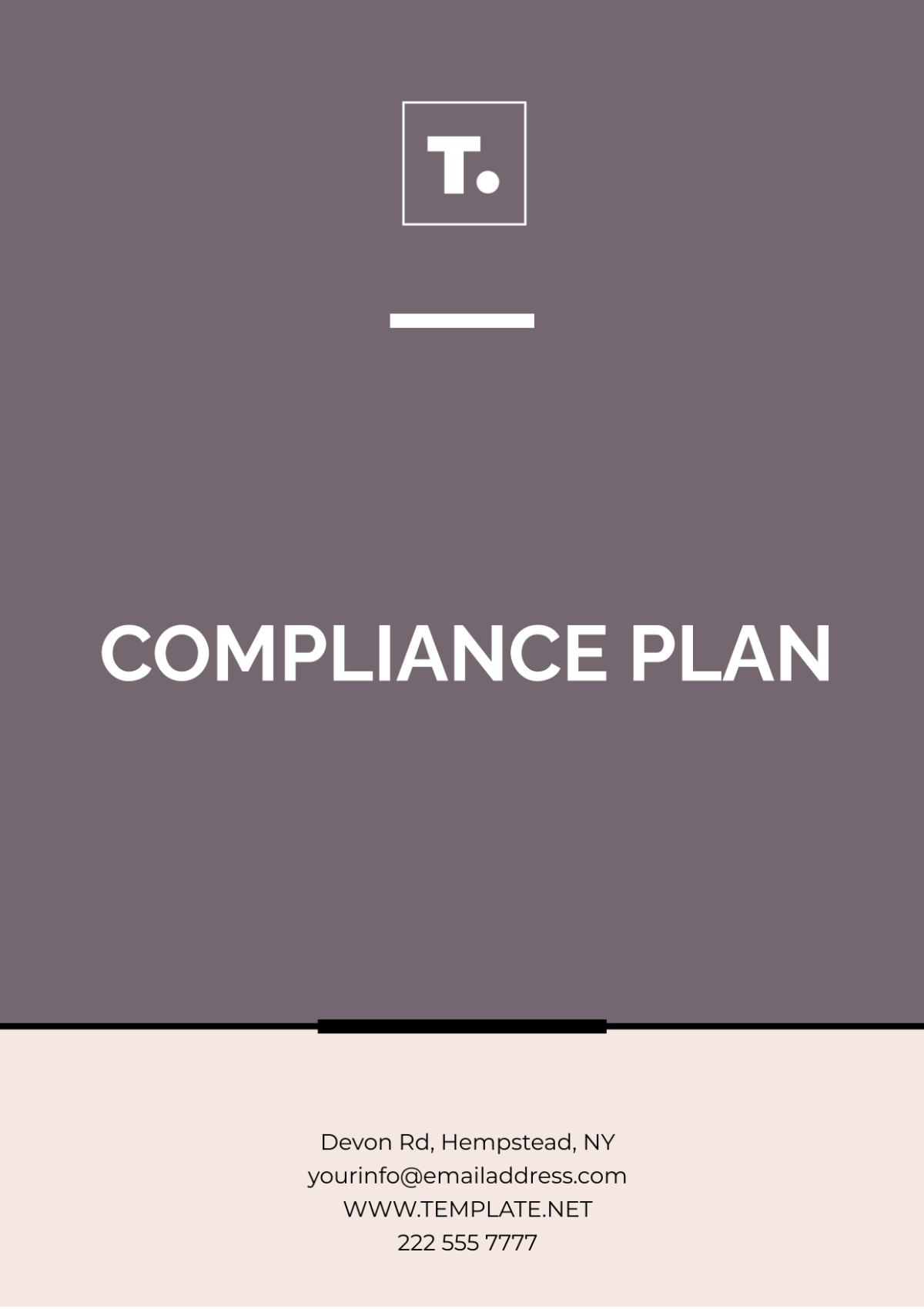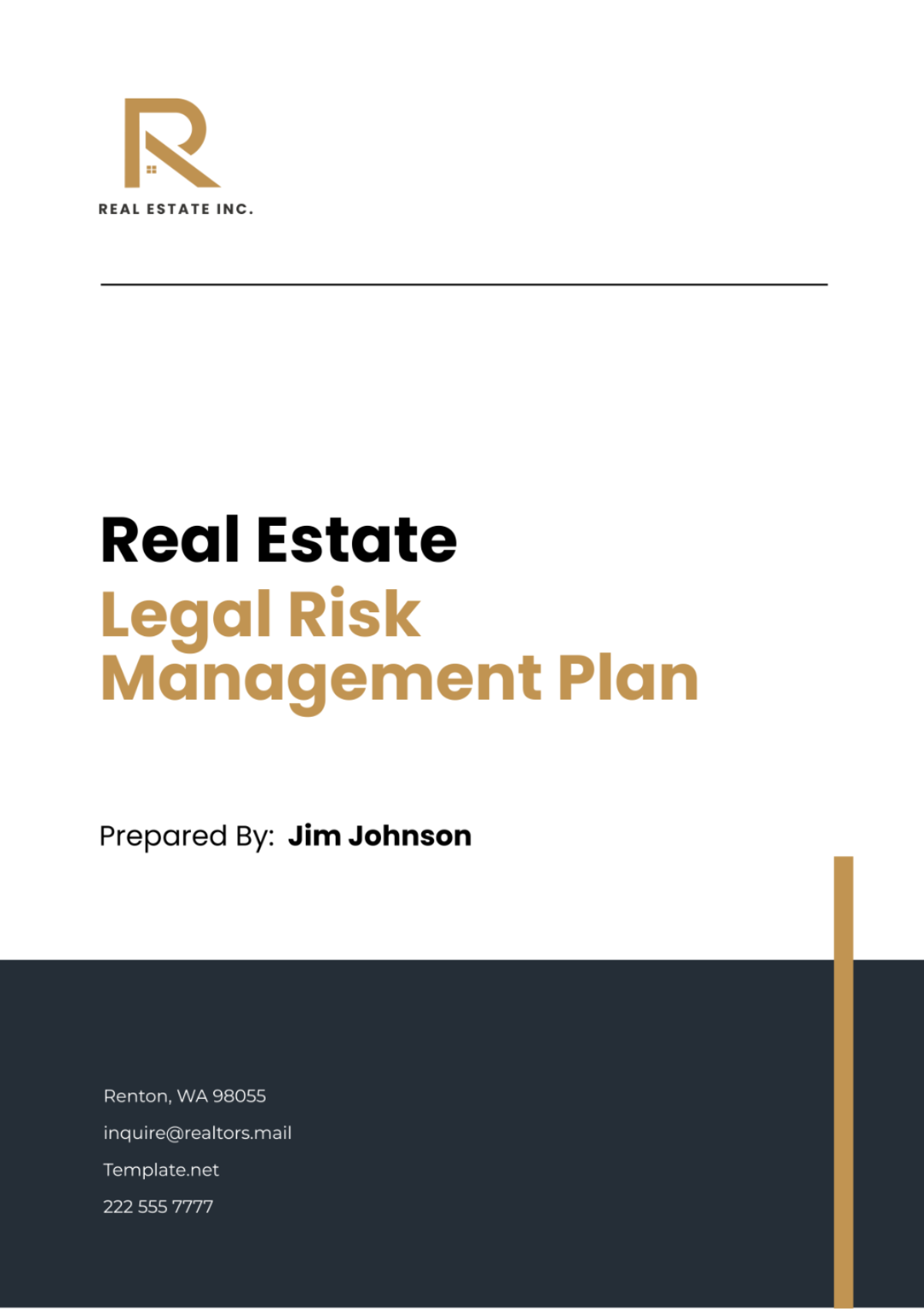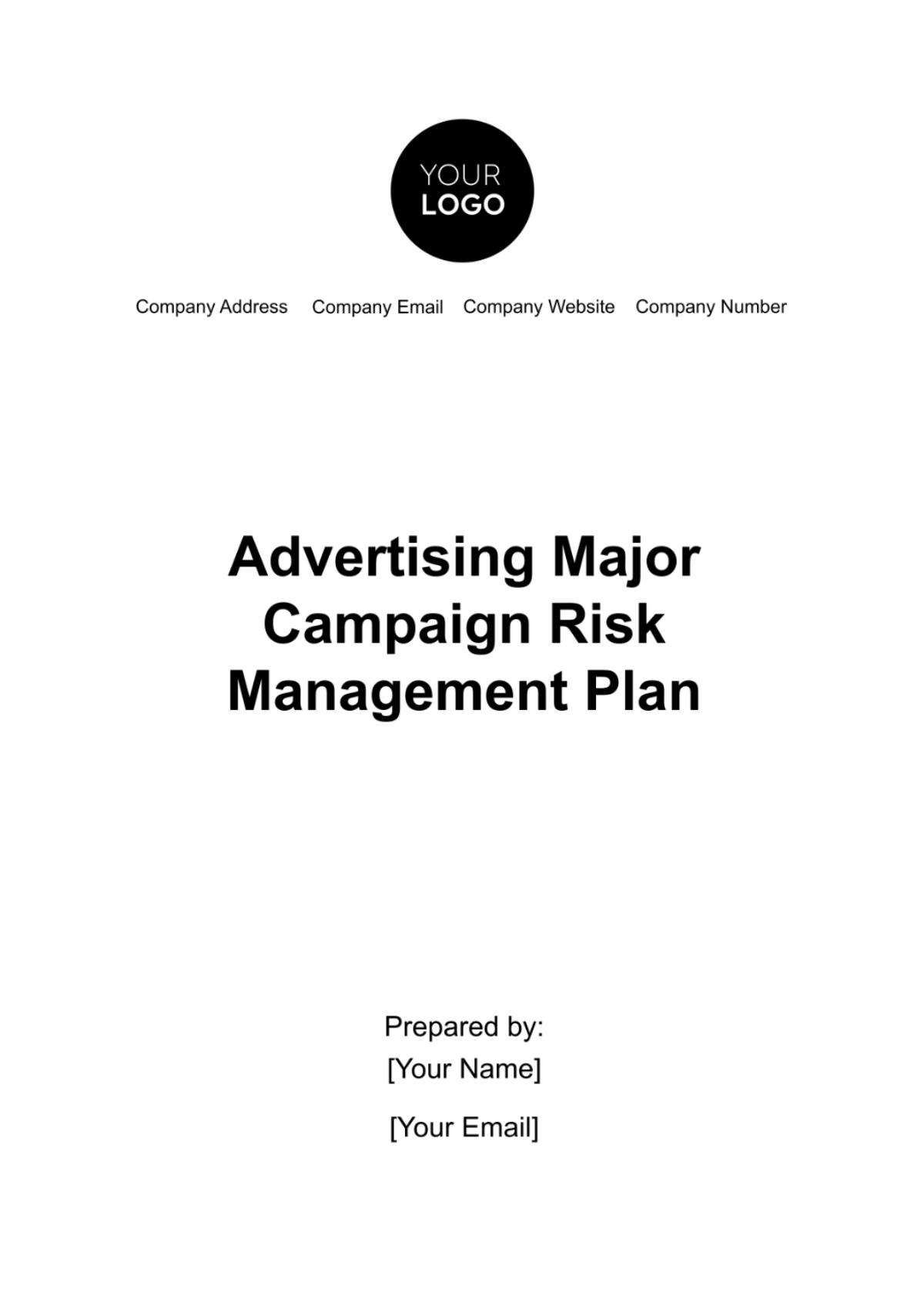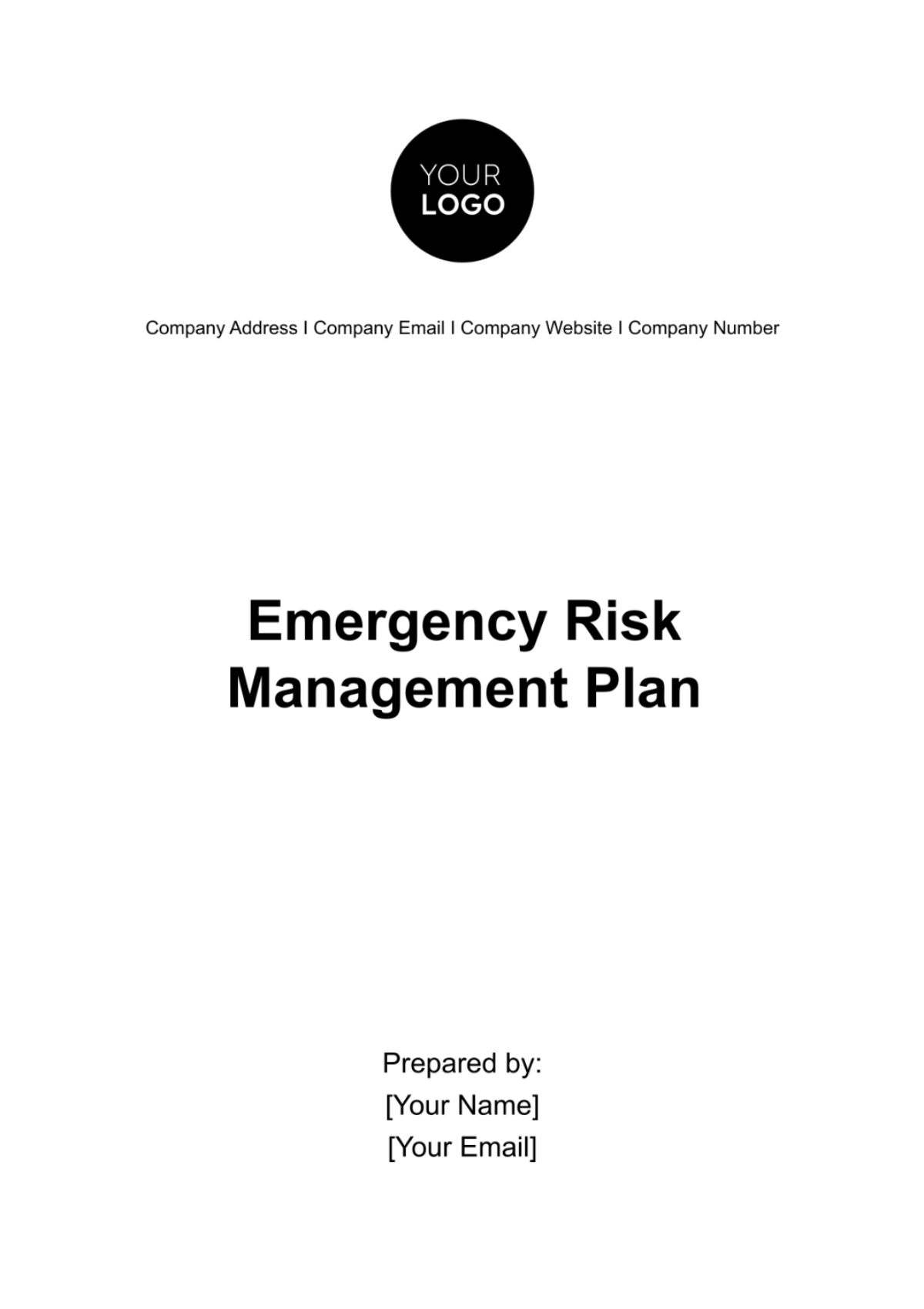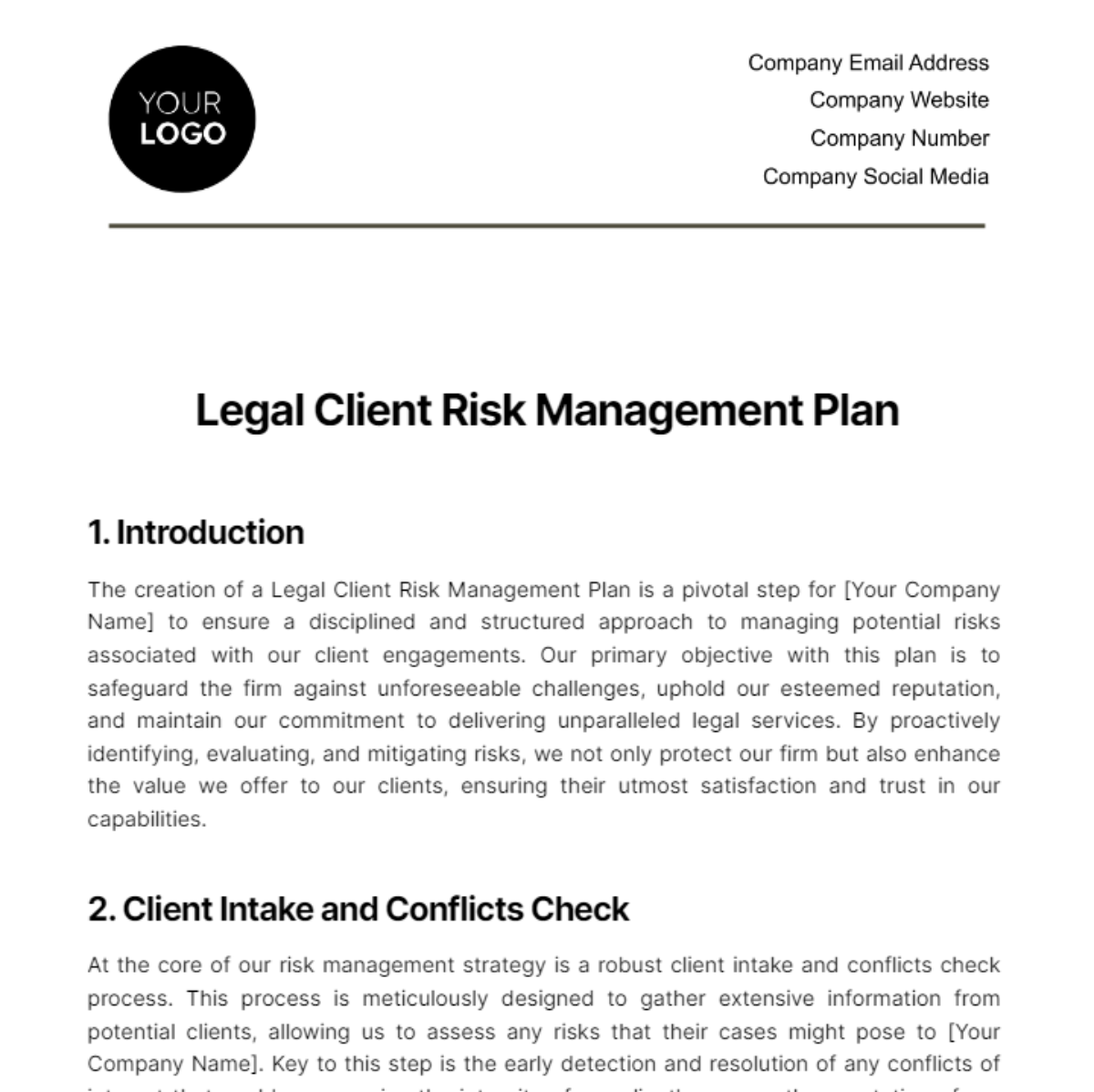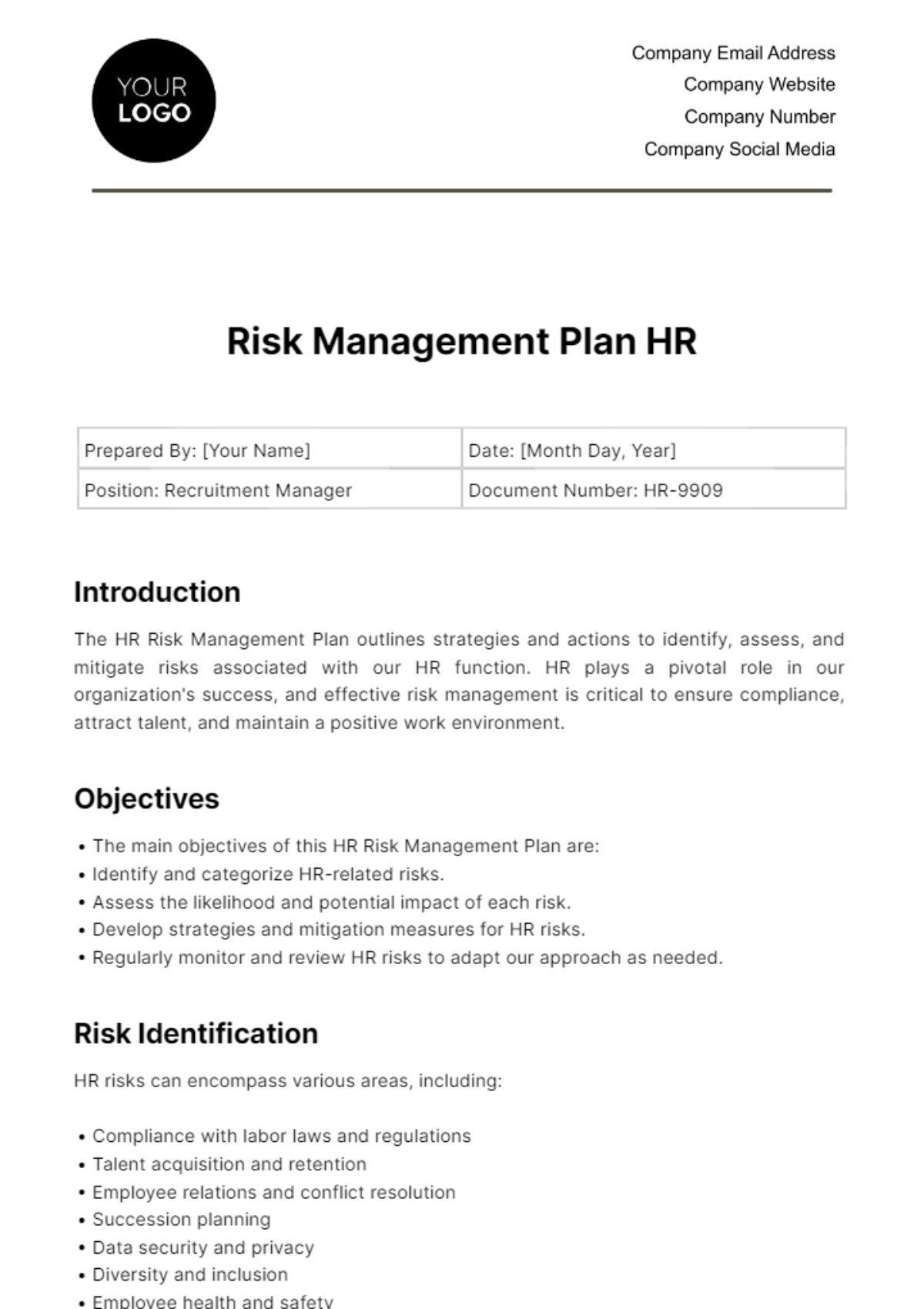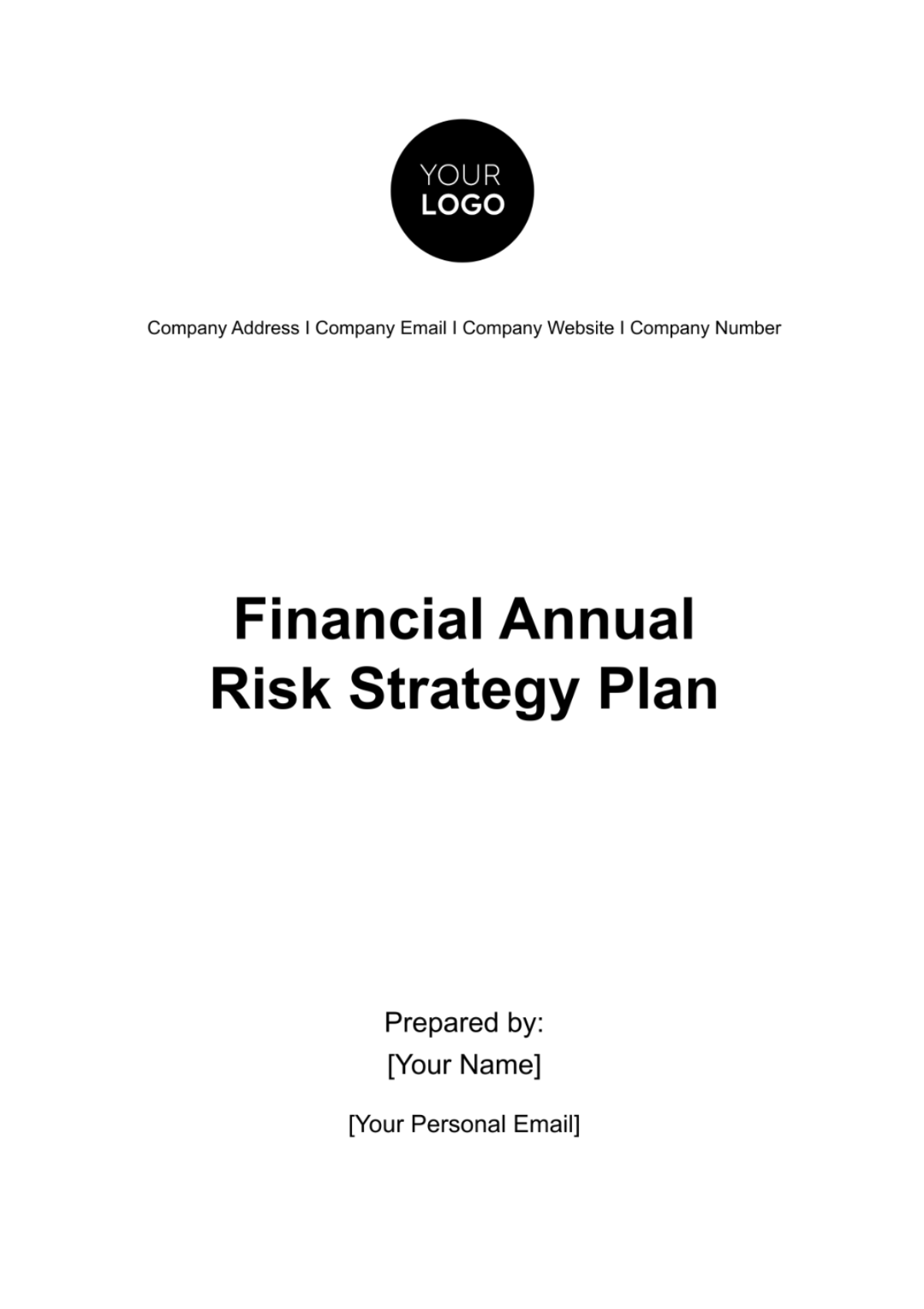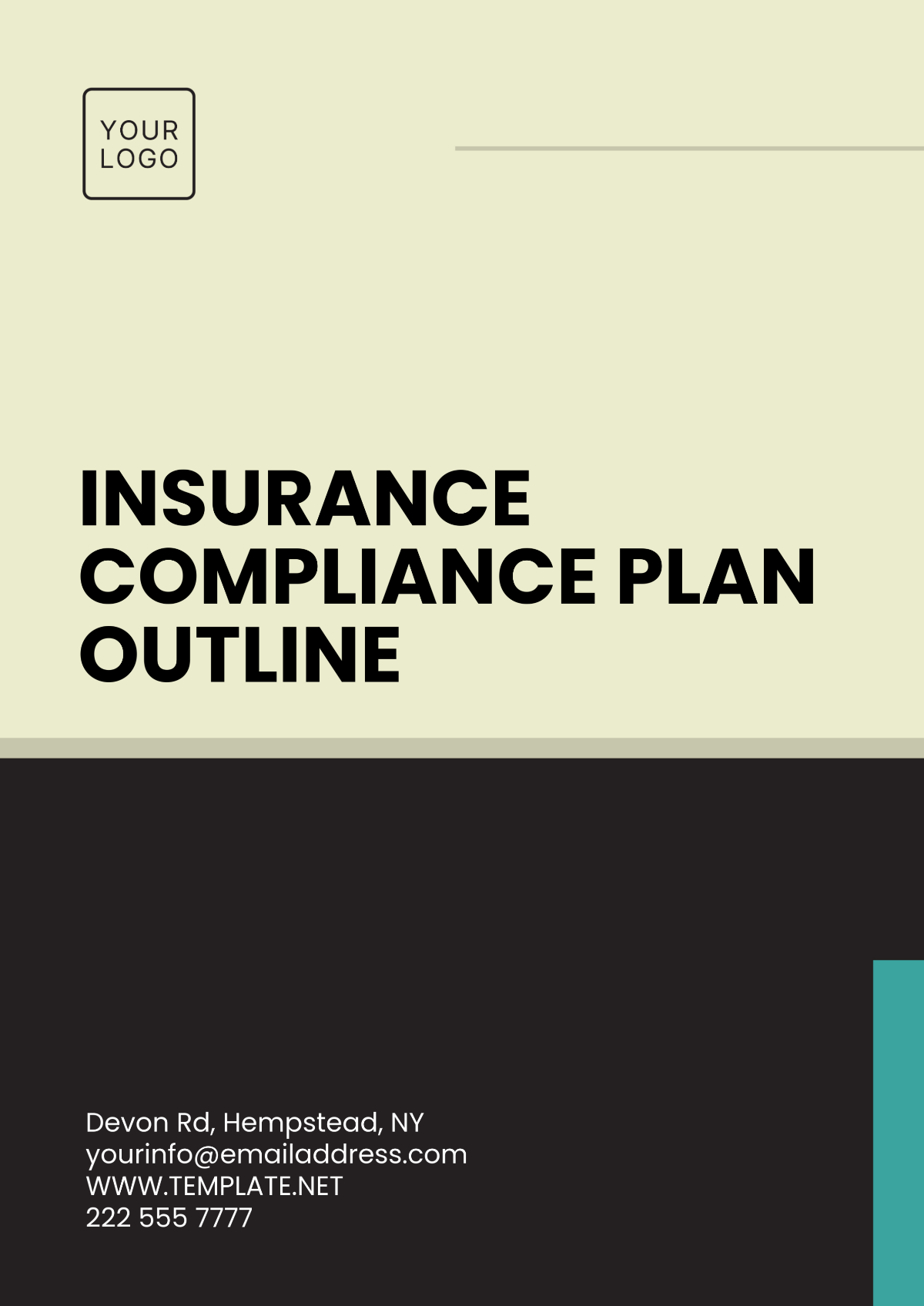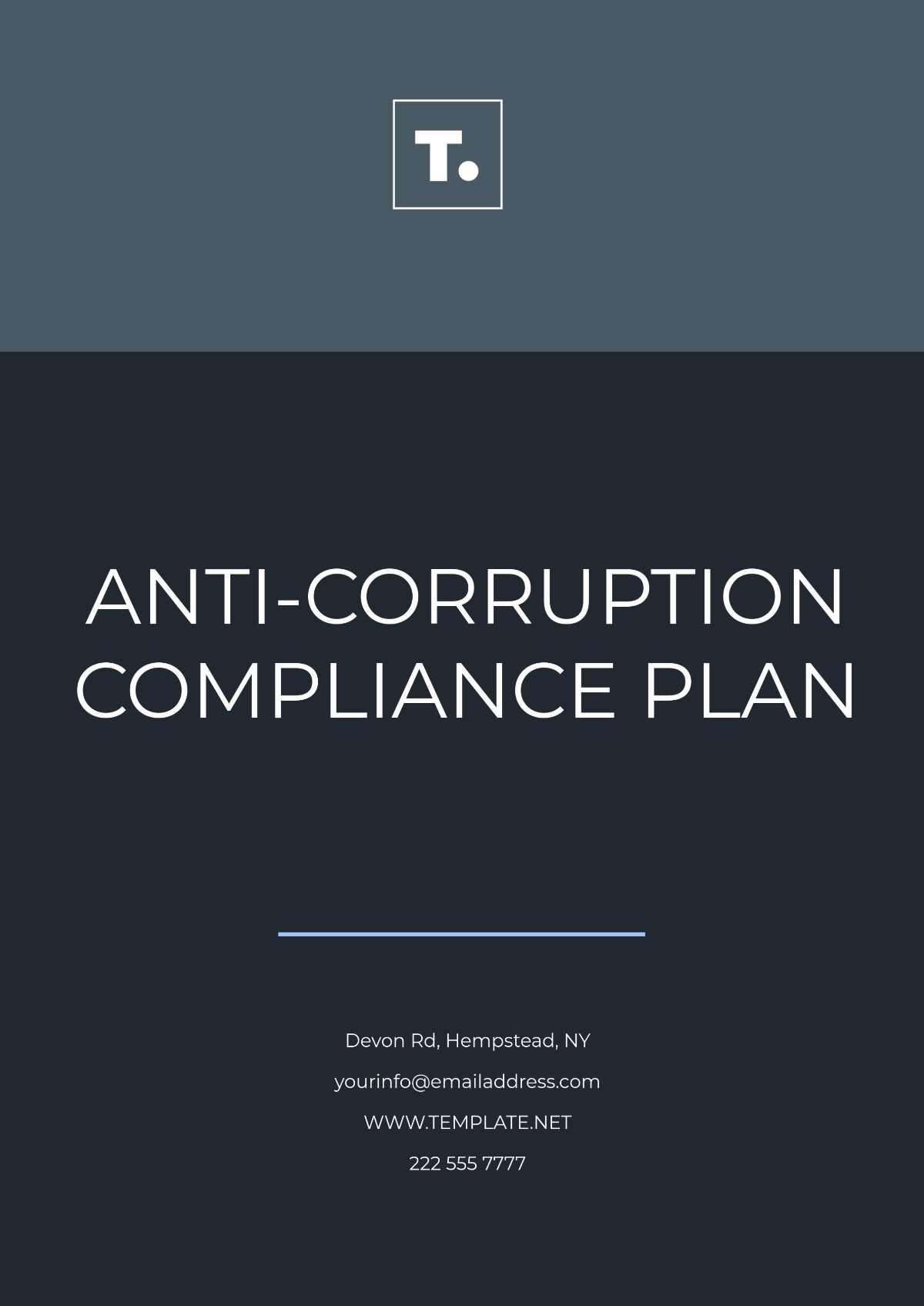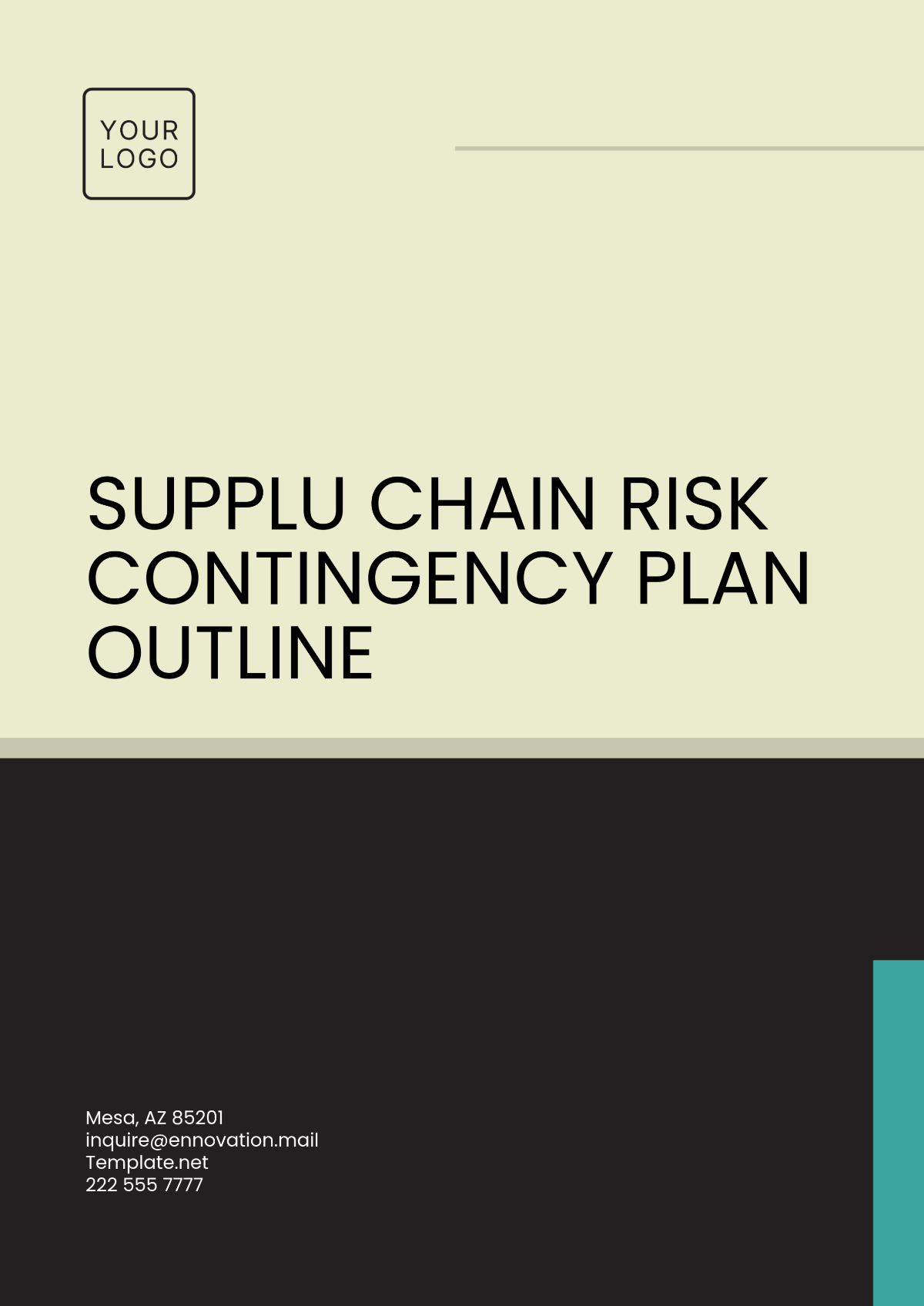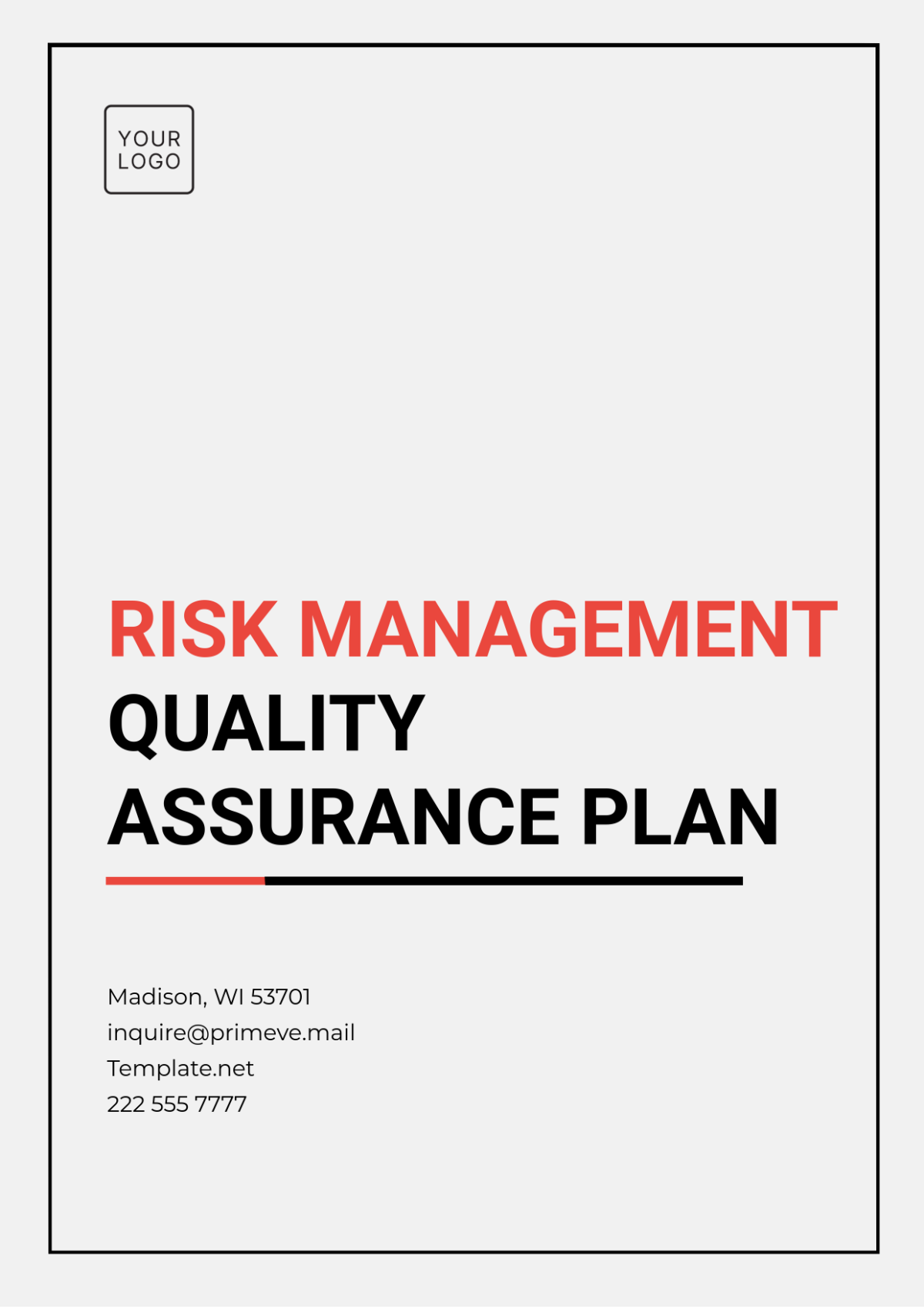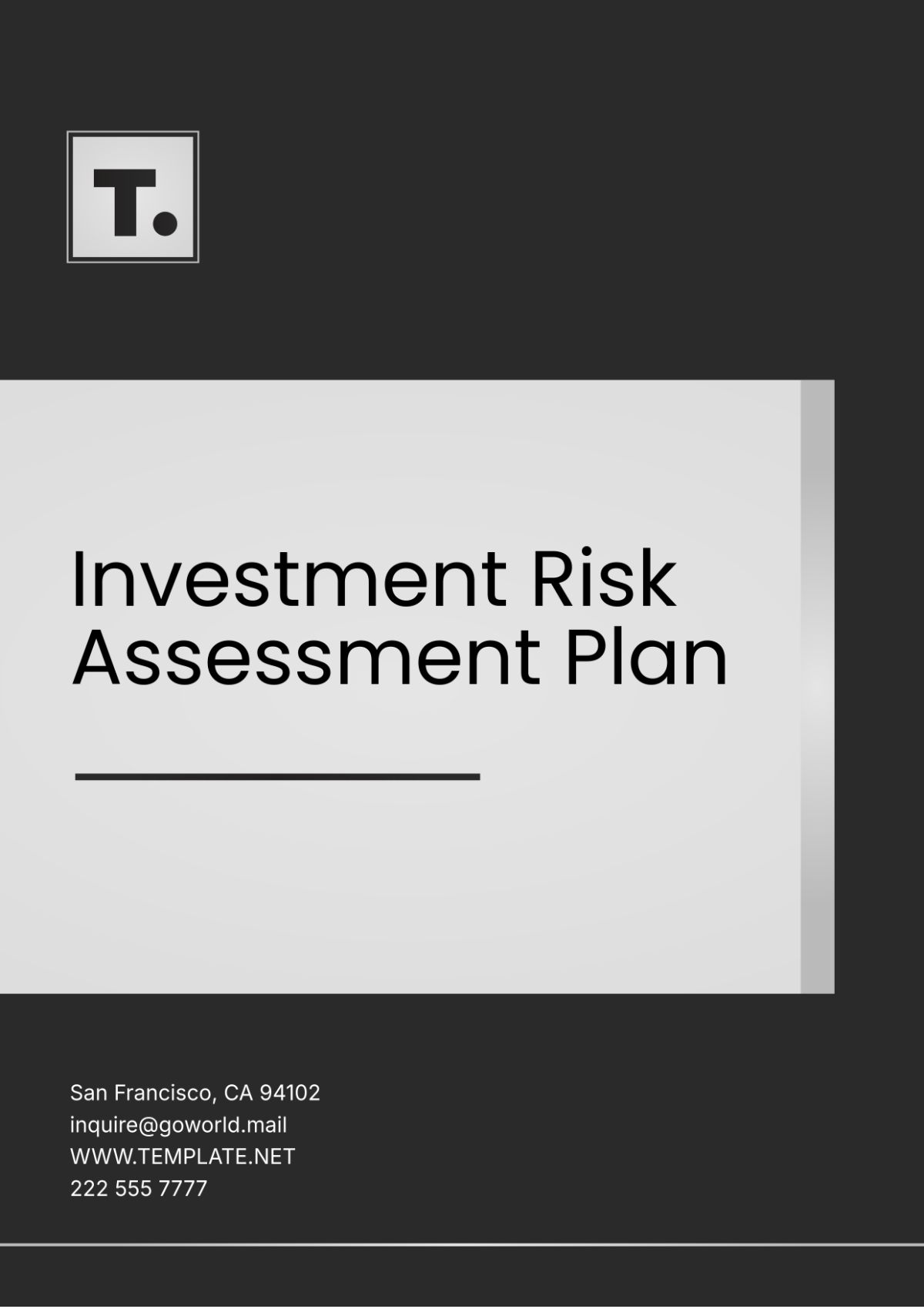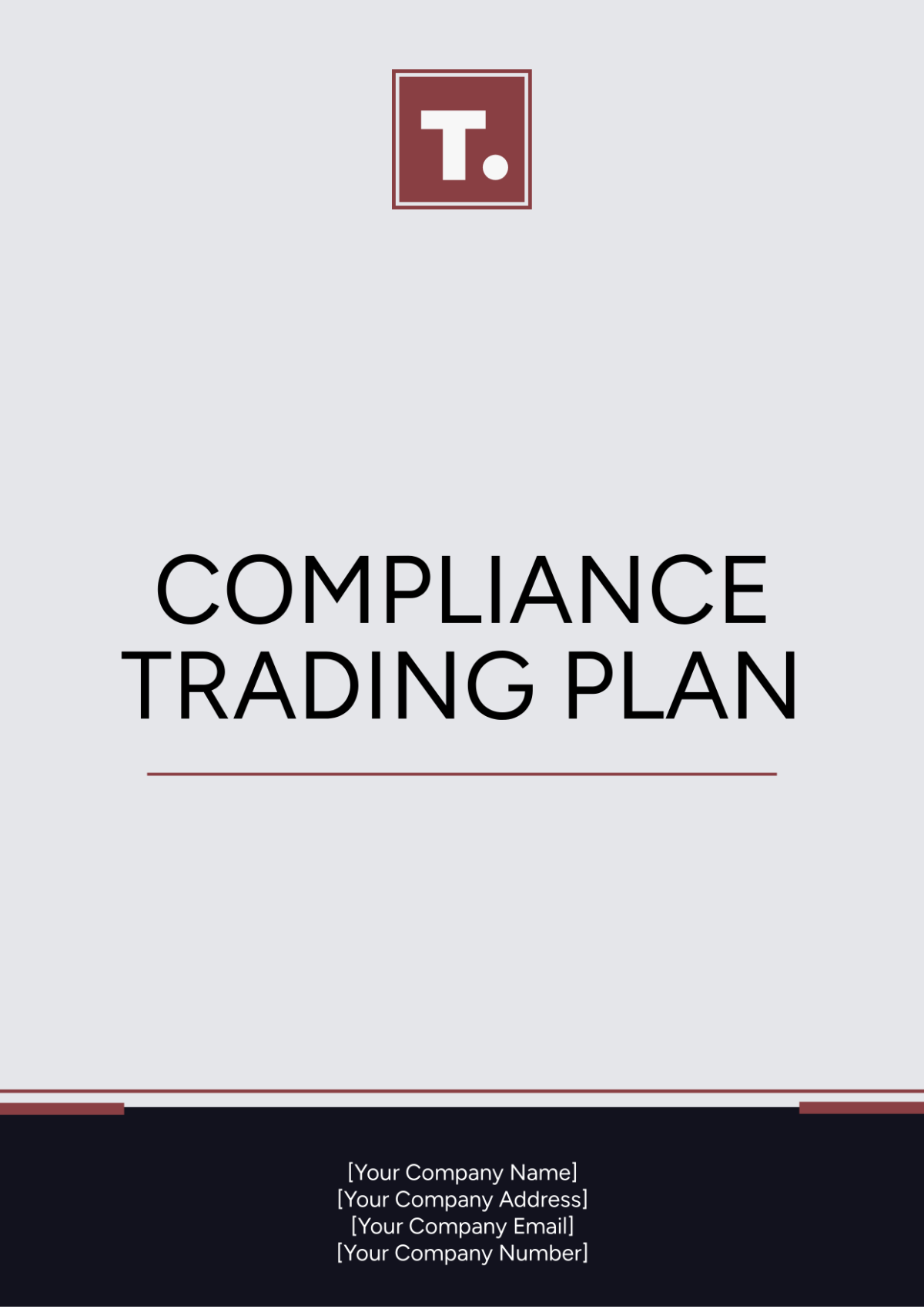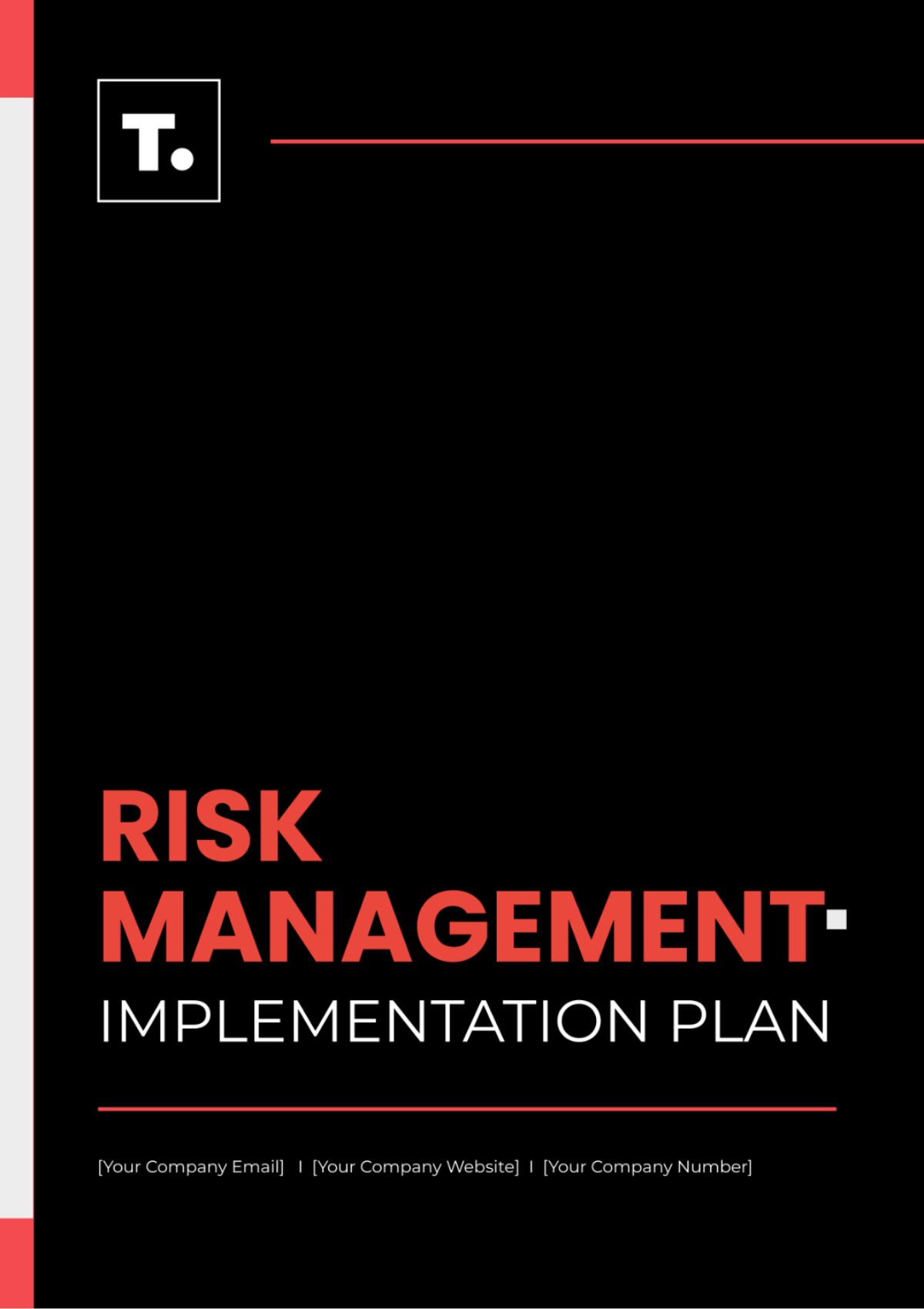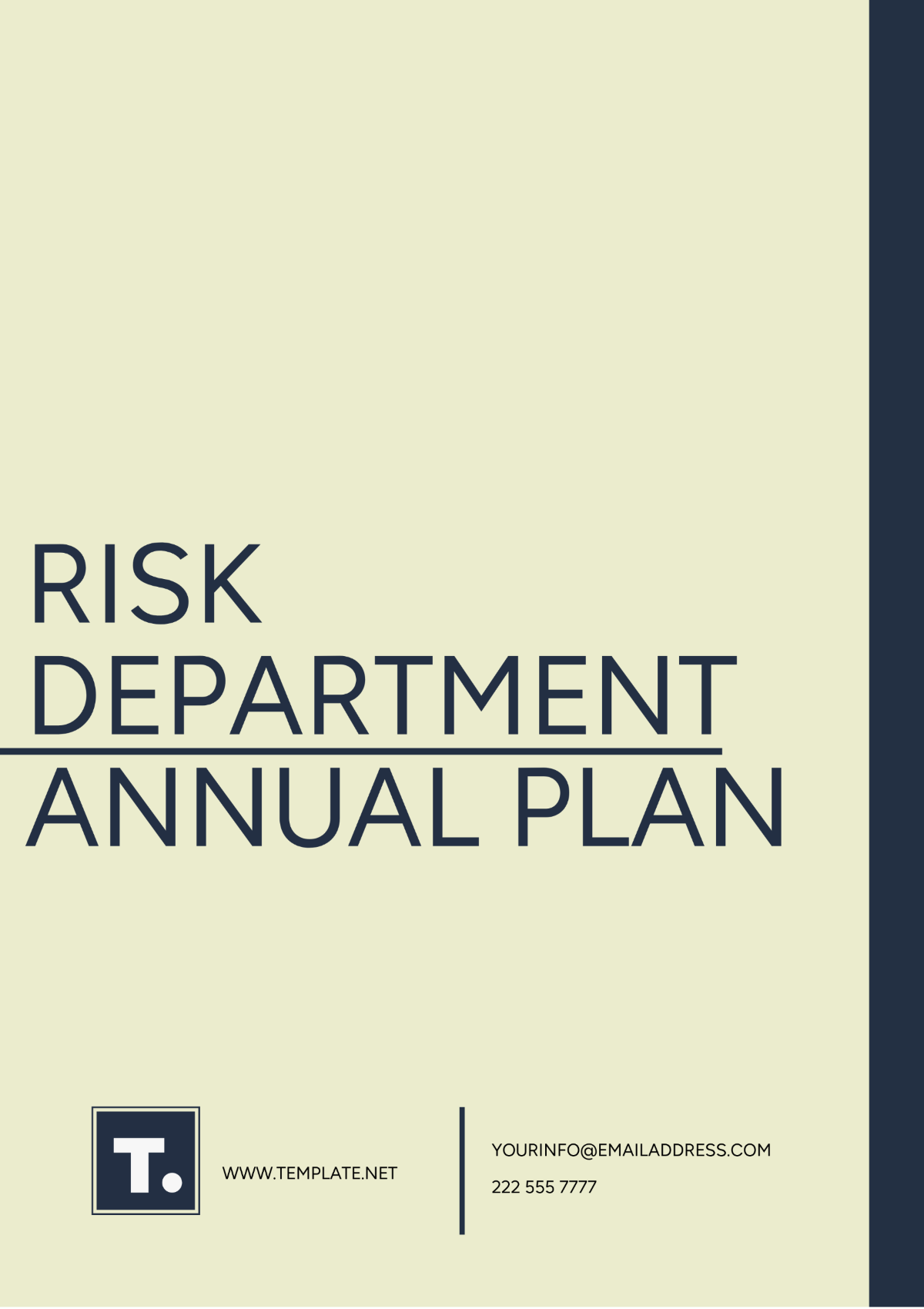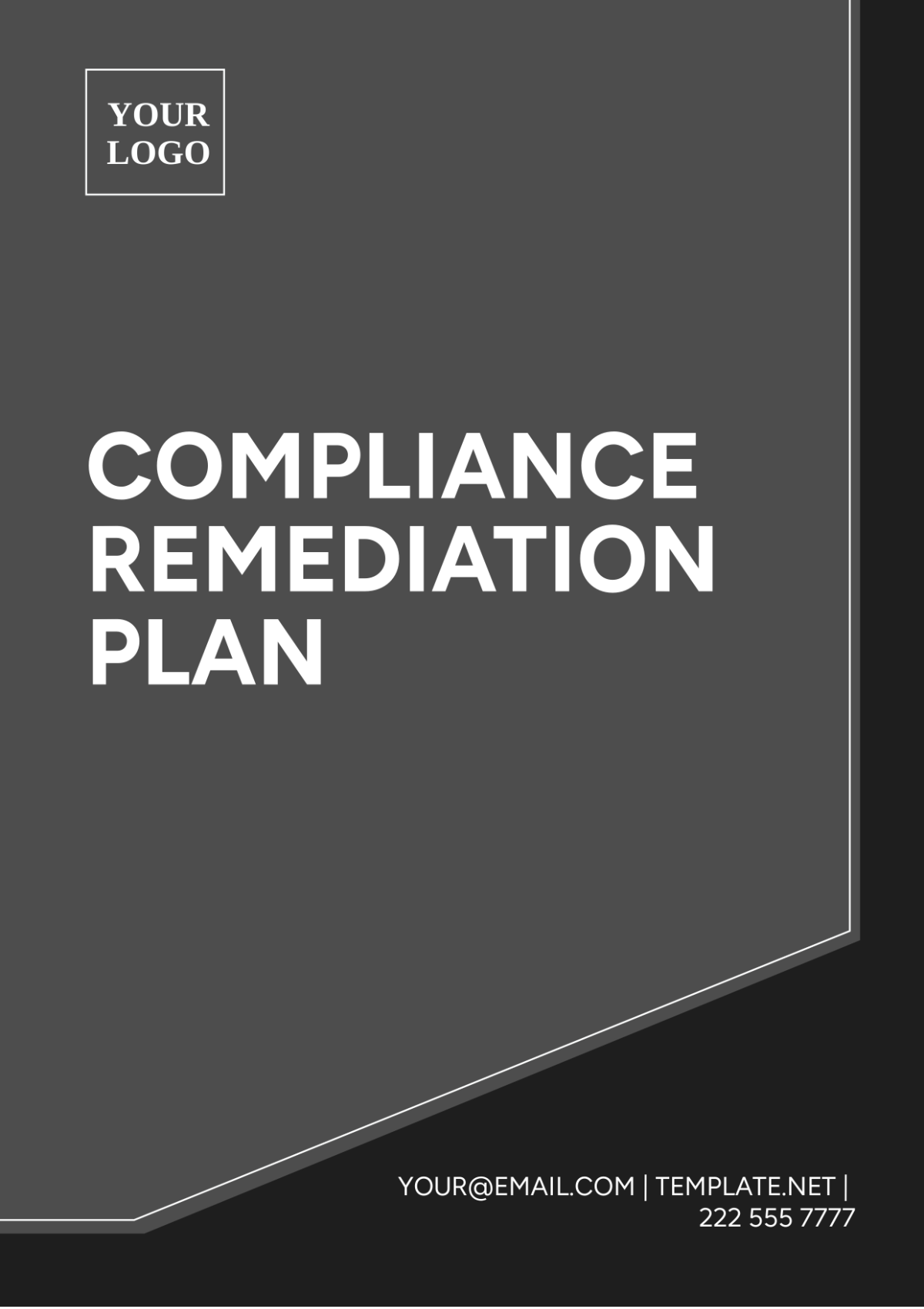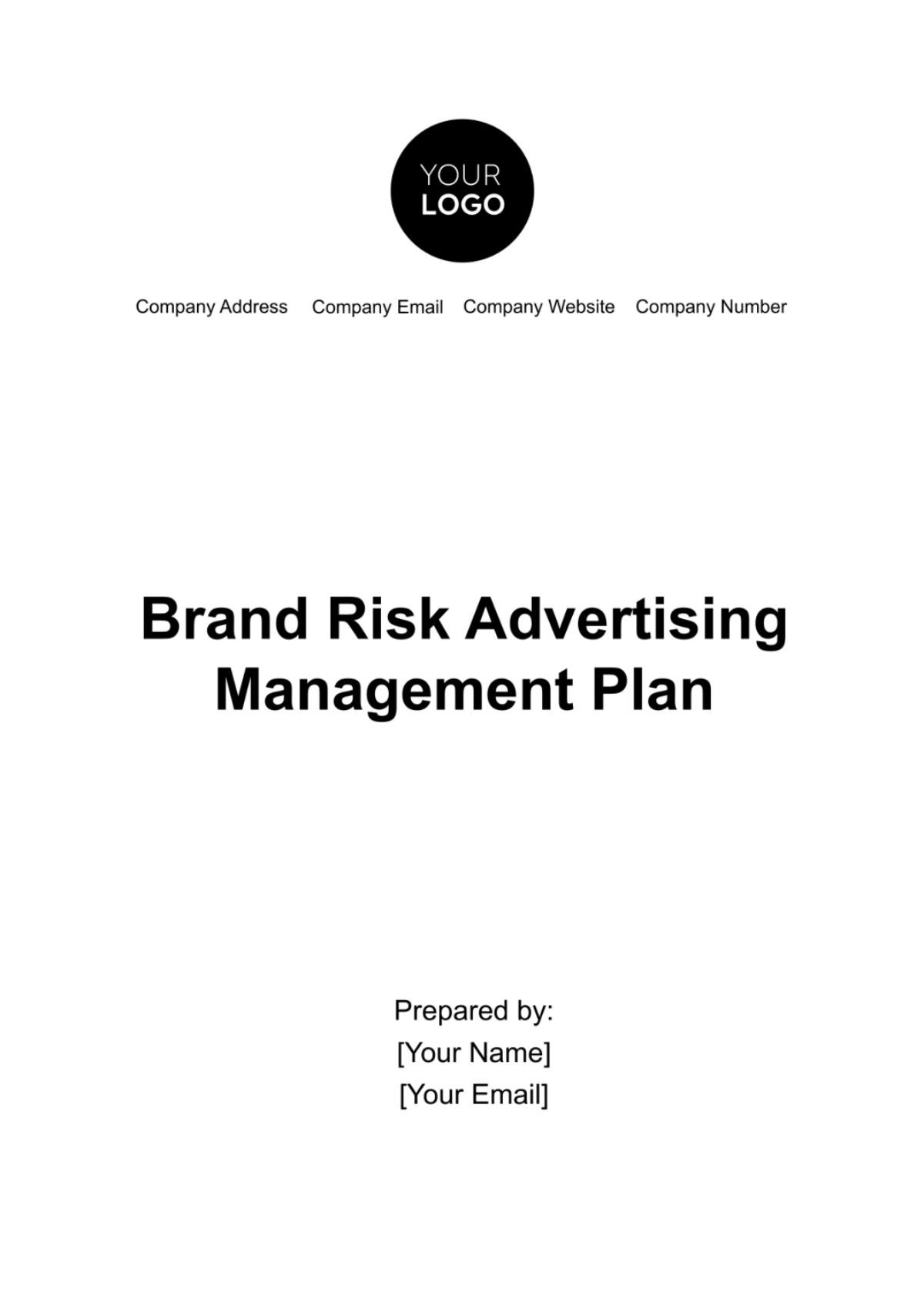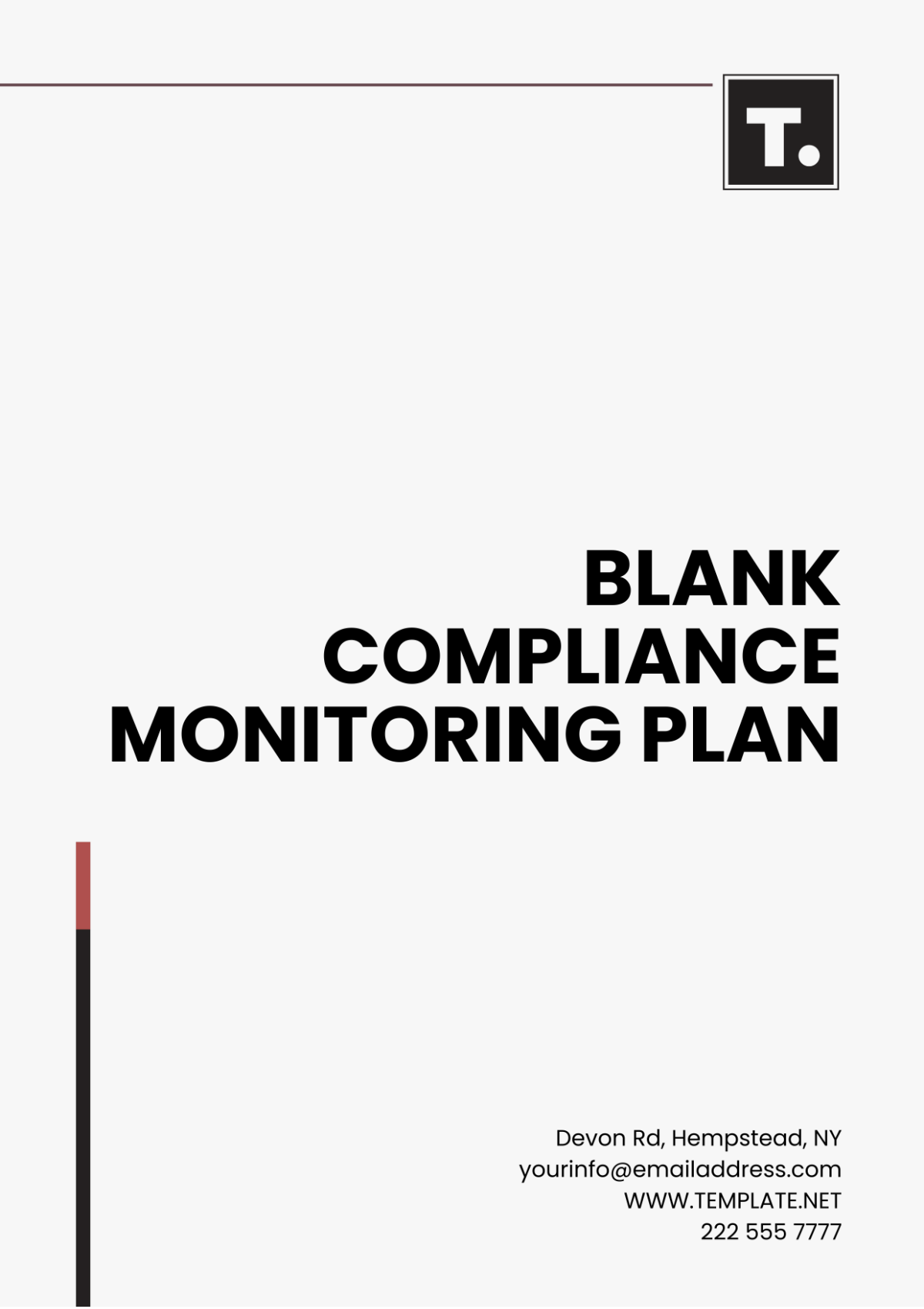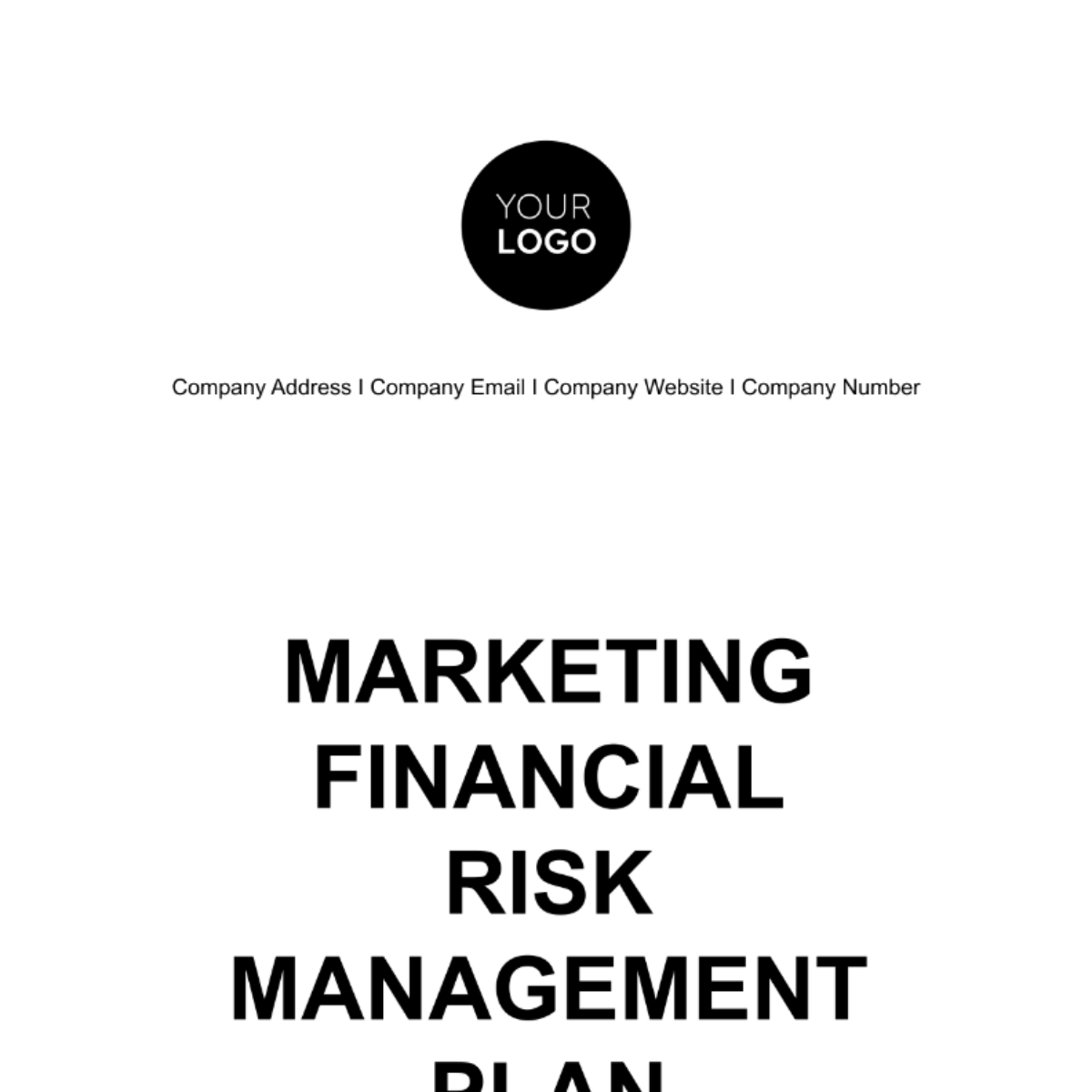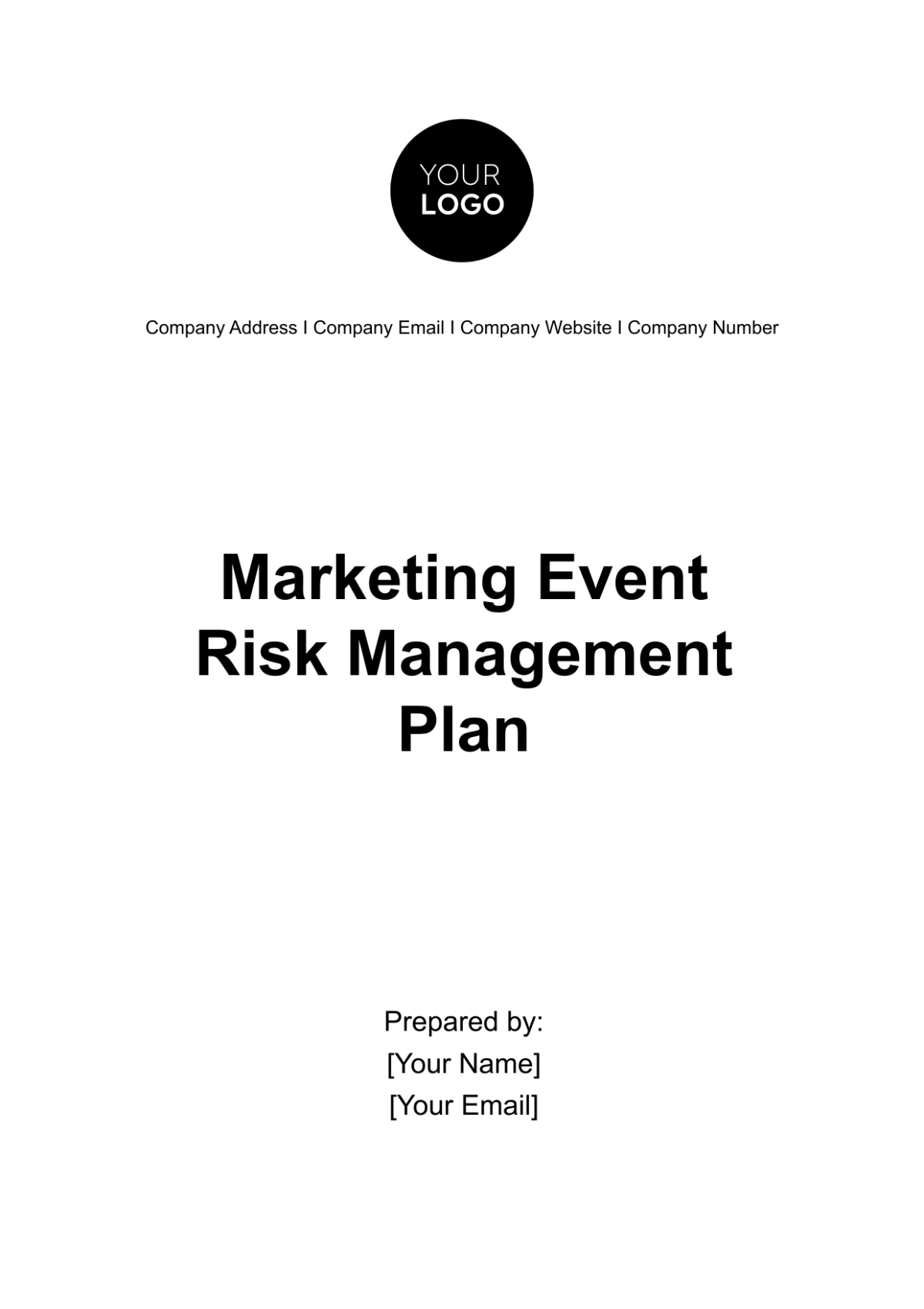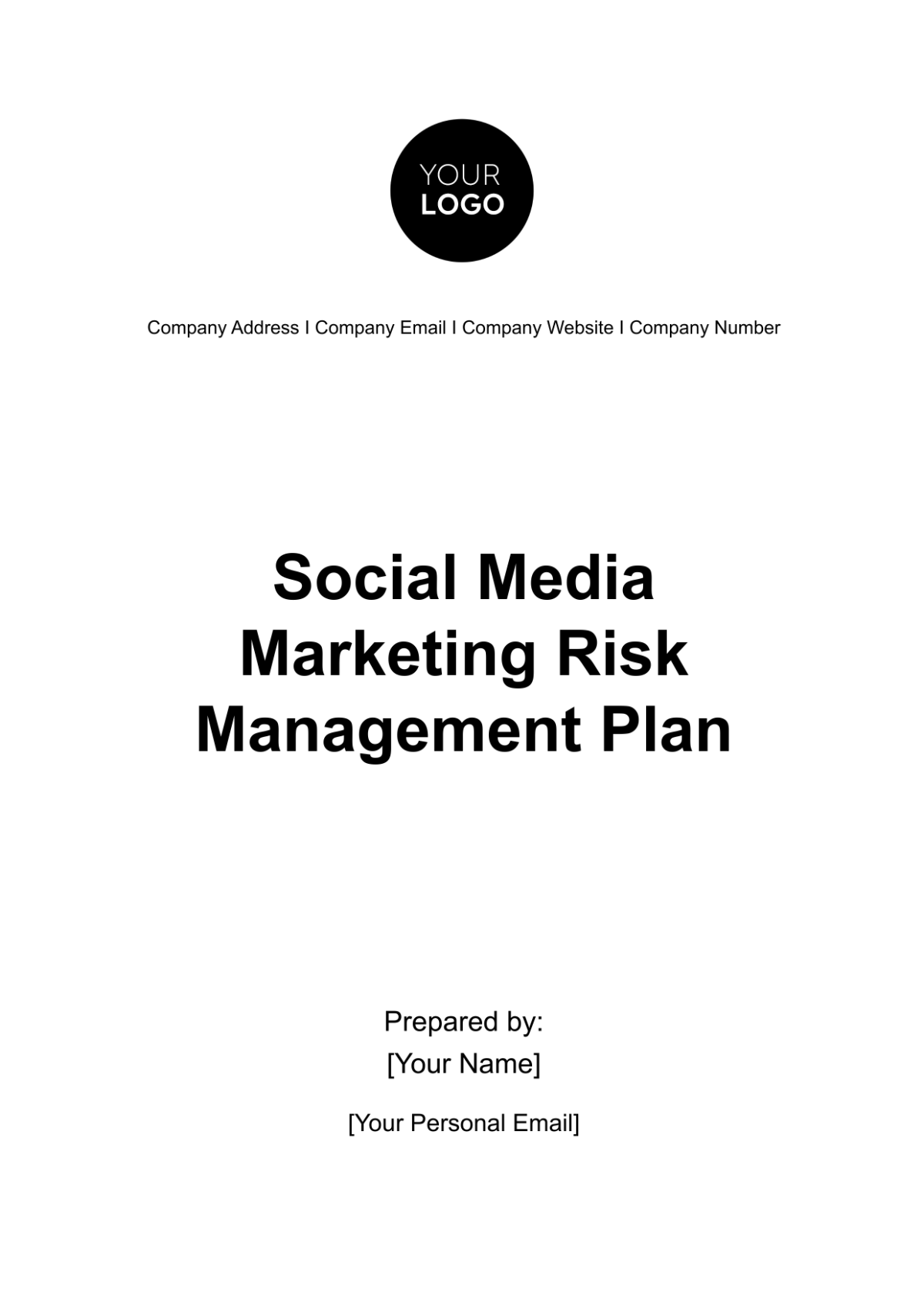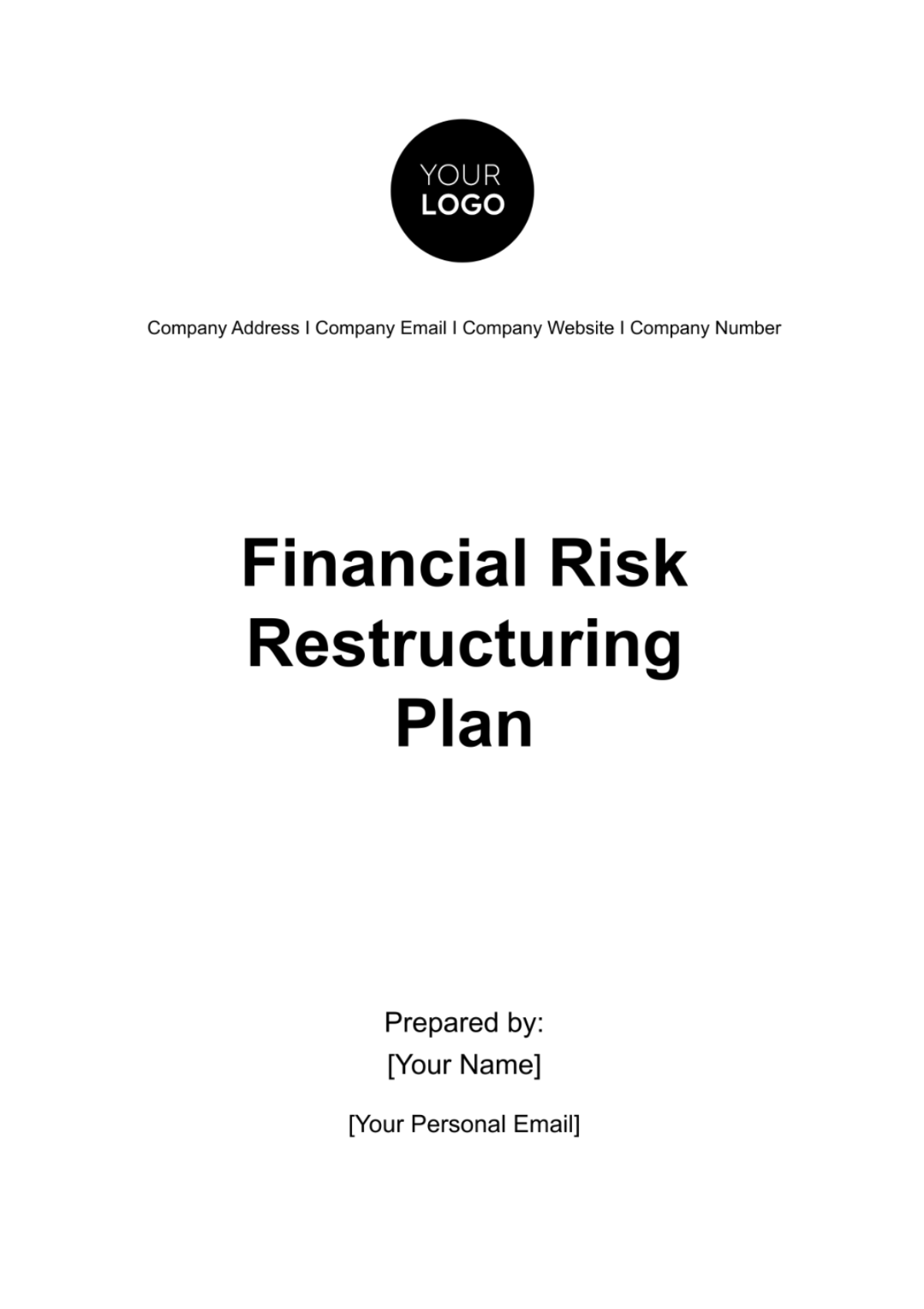Risk Management Implementation Plan
Written by: [YOUR NAME]
I. Executive Summary
This Risk Management Implementation Plan outlines the strategic approach and steps to mitigate risks associated with [YOUR COMPANY NAME]'s operations. The plan aims to identify, assess, and manage potential risks, ensuring the organization achieves its objectives while minimizing disruptions.
II. Goals and Objectives
Identify potential risks that could impact [YOUR COMPANY NAME].
Assess the likelihood and impact of identified risks.
Implement strategies to mitigate identified risks.
Monitor and review risk management processes regularly.
III. Roles and Responsibilities
Clearly defined roles and responsibilities are essential for effective risk management.
Role | Responsibility | Contact Information |
|---|---|---|
Risk Manager | Oversee the entire risk management process. | [Your Name] |
Department Heads | Identify and report risks within their departments. | [Department Head Name] |
Employees | Follow risk management guidelines and report any identified risks. | Refer to internal contact list |
IV. Risk Identification
The first step in the risk management process is the identification of potential risks. This involves:
Conducting risk assessments through questionnaires and surveys.
Reviewing historical data and previous incidents.
Consulting with stakeholders and subject matter experts.
V. Risk Assessment
Once risks have been identified, they need to be assessed based on their likelihood and impact. This involves:
Assigning probability scores to each risk.
Evaluating the potential impact on operations, finances, and reputation.
Prioritizing risks according to their severity.
VI. Risk Mitigation Strategies
Develop and implement strategies to mitigate identified risks:
Avoidance: Eliminating the source of the risk.
Reduction: Implementing measures to reduce the probability or impact of the risk.
Transfer: Sharing the risk with another party, such as through insurance or outsourcing.
Acceptance: Acknowledging the risk and preparing a response plan.
VII. Implementation Timeline
The following table outlines the timeline for the implementation of the risk management strategies:
Task | Deadline | Responsible Party |
|---|---|---|
Risk Identification | Q1 - [Year] | Risk Manager |
Risk Assessment | Q2 - [Year] | Department Heads |
Develop Mitigation Strategies | Q3 - [Year] | Risk Manager |
Implement Mitigation Strategies | Q4 - [Year] | All Responsible Parties |
VIII. Monitoring and Review
Continuous monitoring and review are essential to ensure the risk management plan remains effective. This involves:
Regularly reviewing and updating the risk register.
Conducting periodic audits of risk management processes.
Providing ongoing training and awareness programs for employees.
IX. Communication Plan
Effective communication is key to successful risk management. [YOUR COMPANY NAME] will ensure:
Regular updates and reports are provided to all stakeholders.
Clear channels of communication are established for reporting risks.
All employees are aware of their roles and responsibilities in risk management.
X. Conclusion
[YOUR COMPANY NAME] is committed to implementing this Risk Management Plan to ensure the safety, security, and continuity of our operations. By identifying, assessing, and mitigating risks, we aim to protect our assets, reputation, and overall business success.


